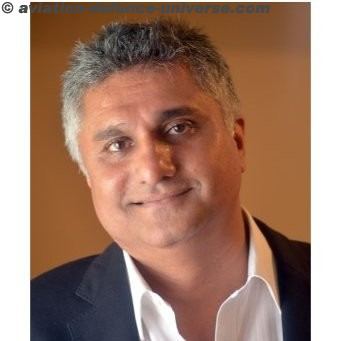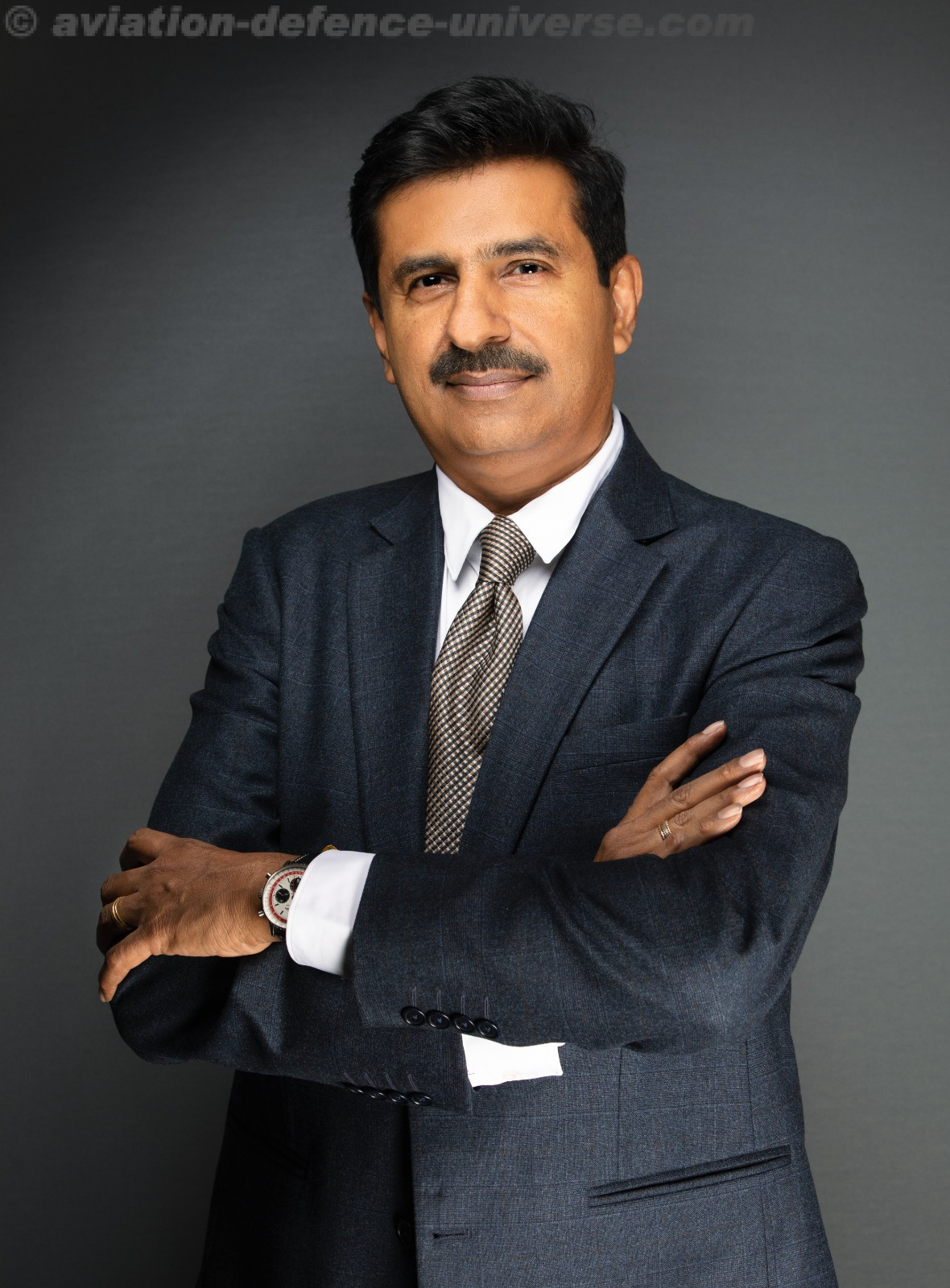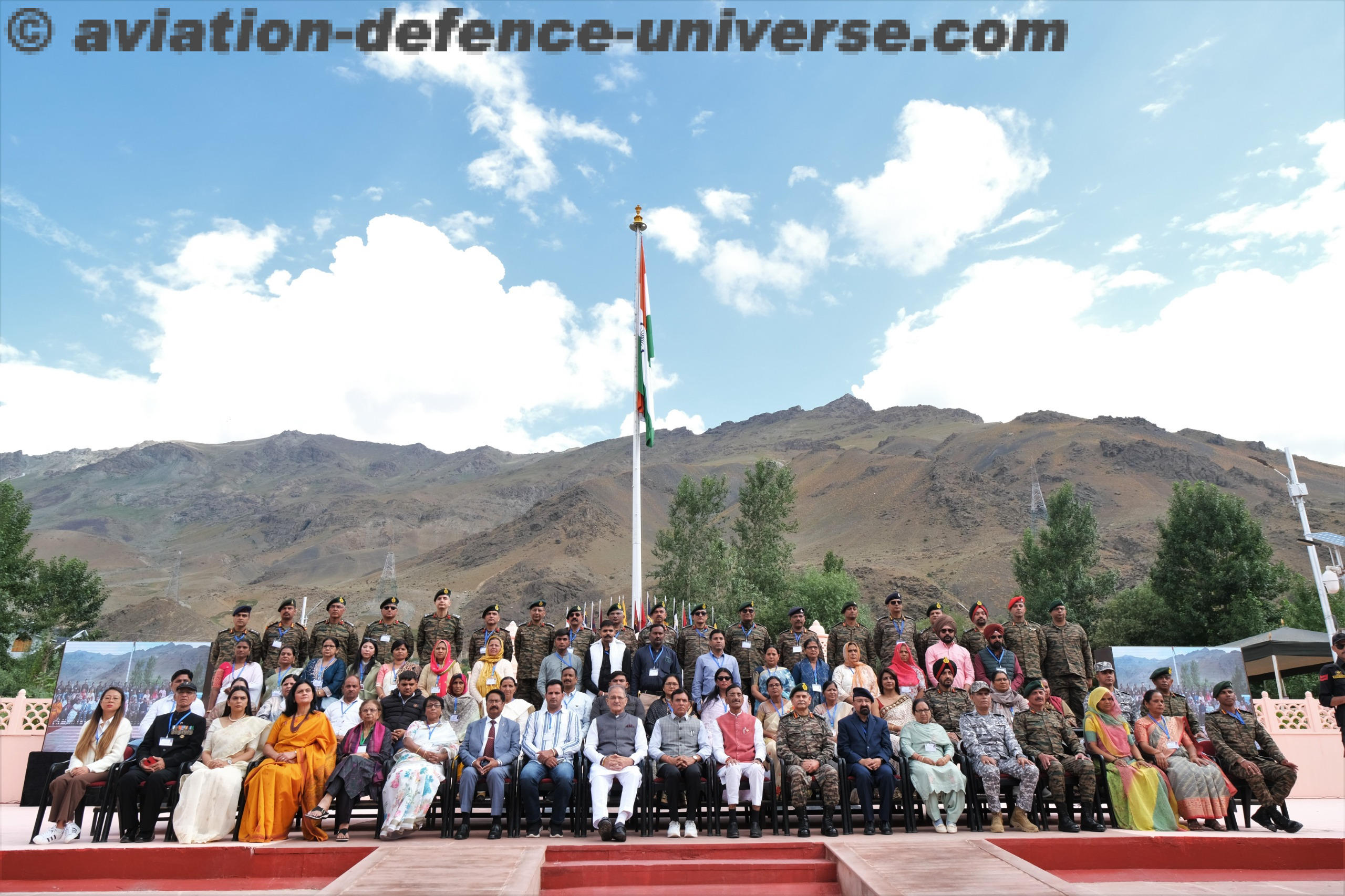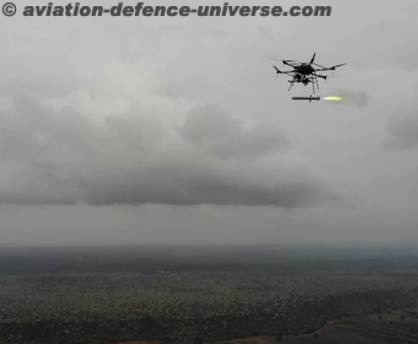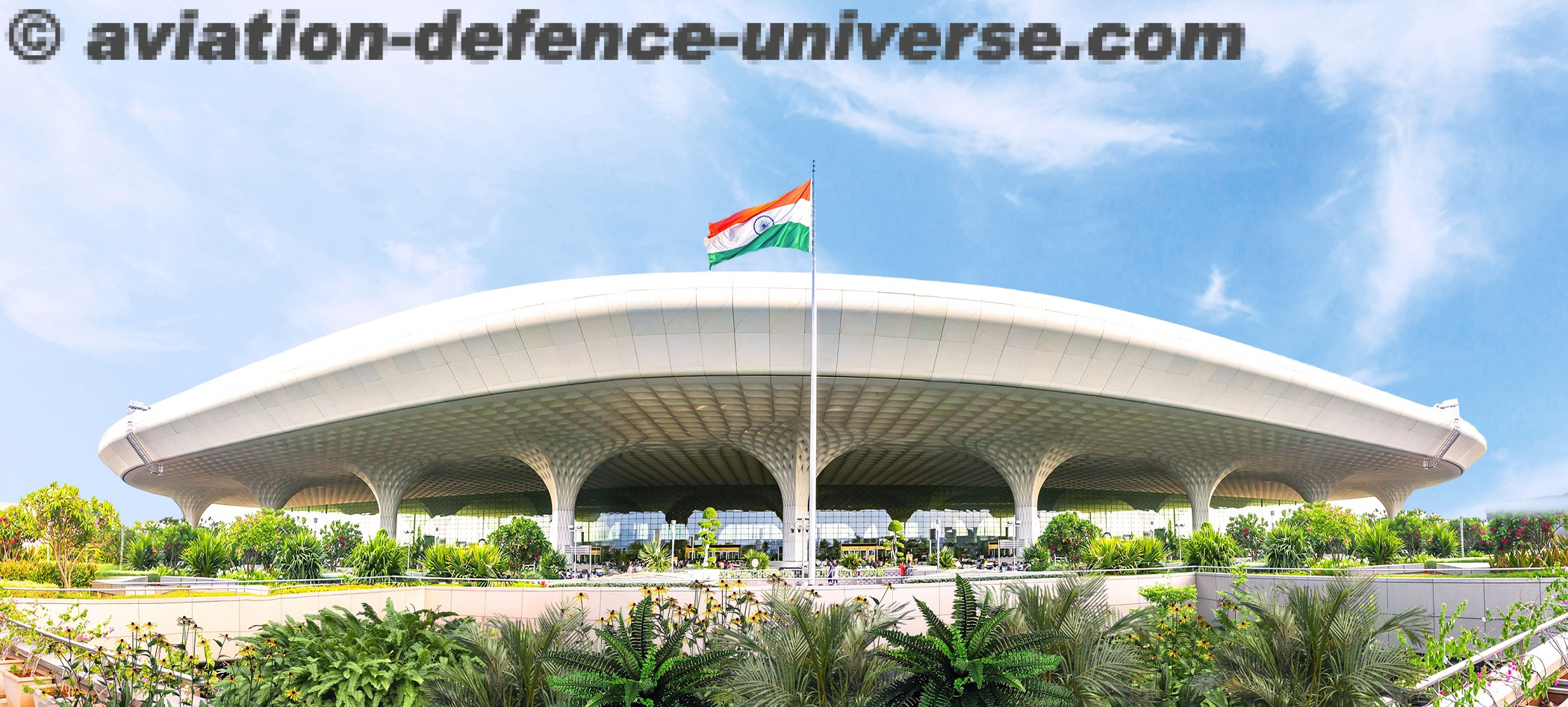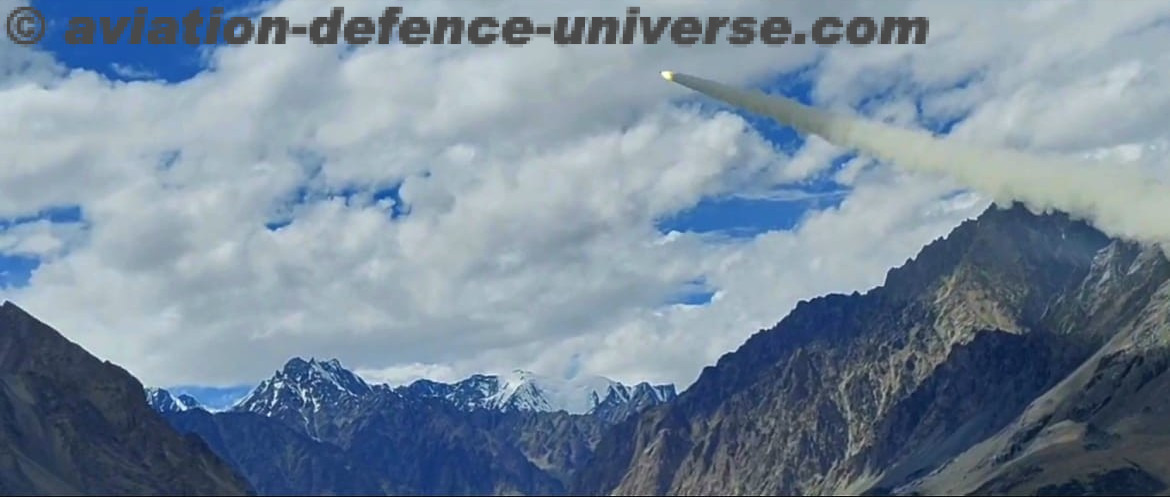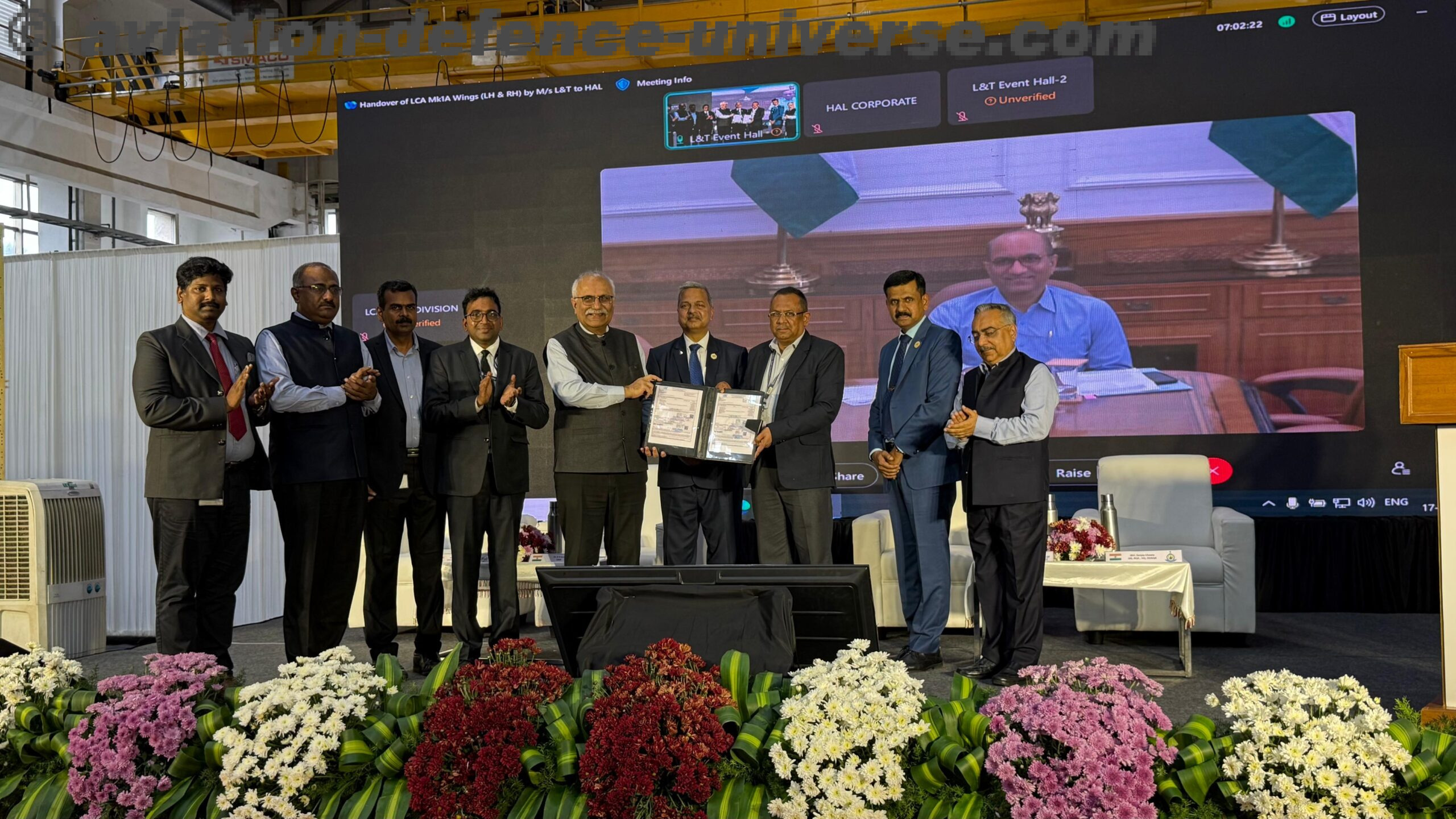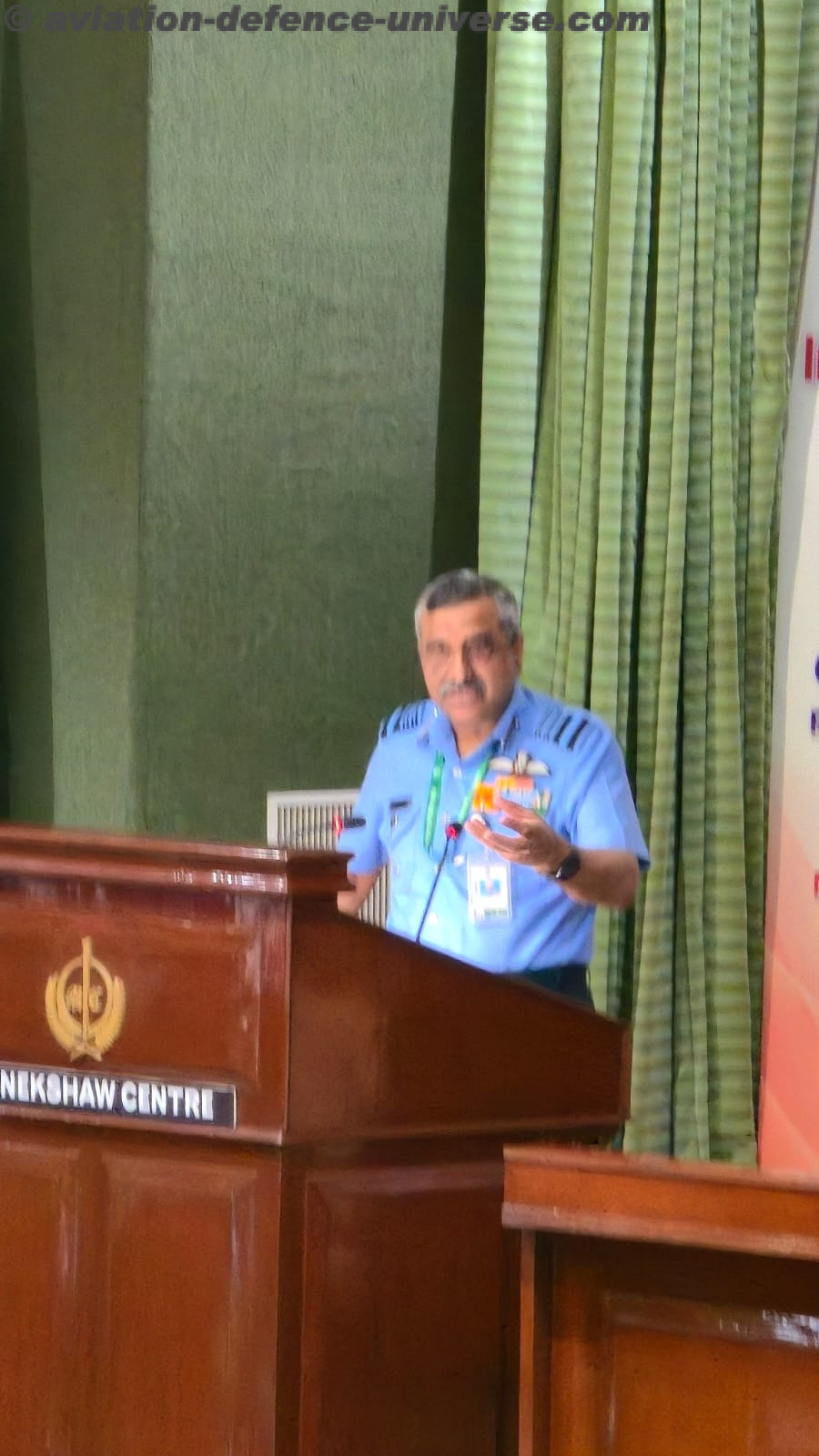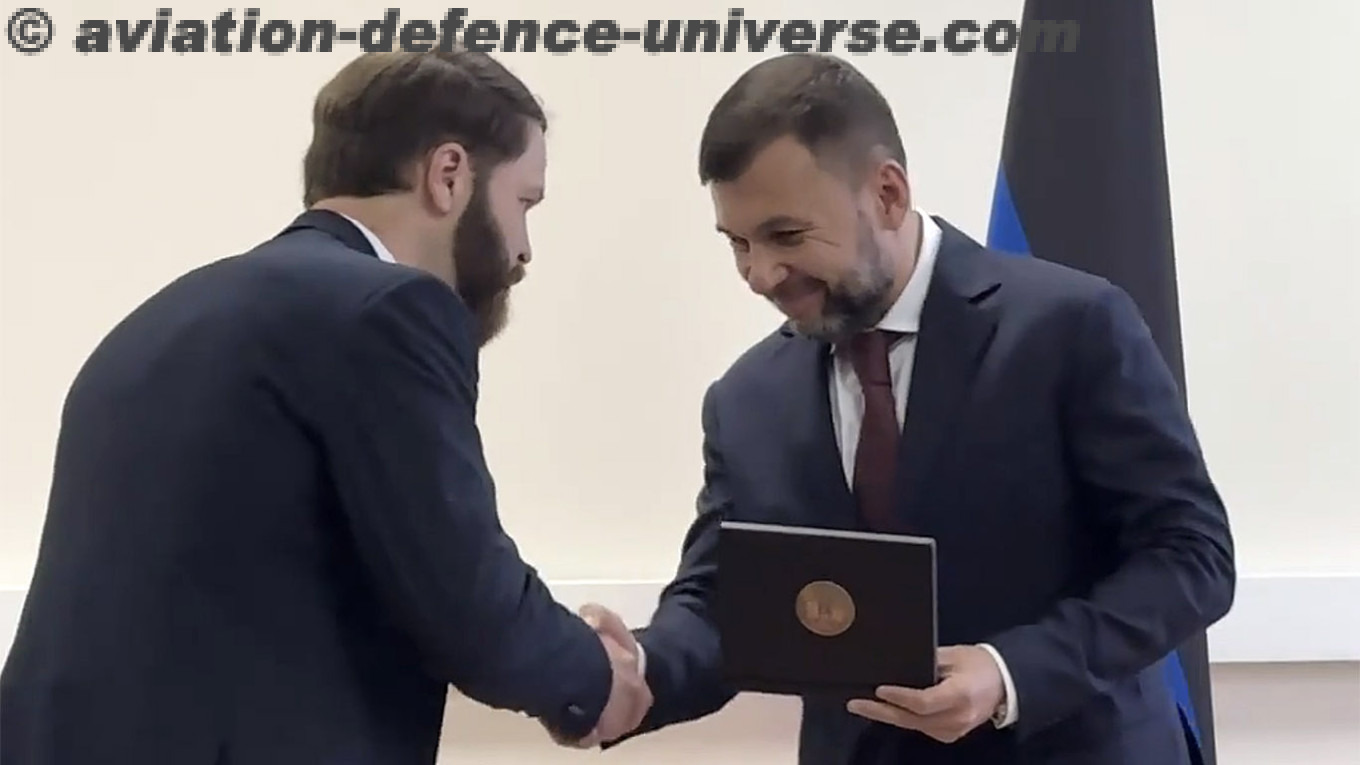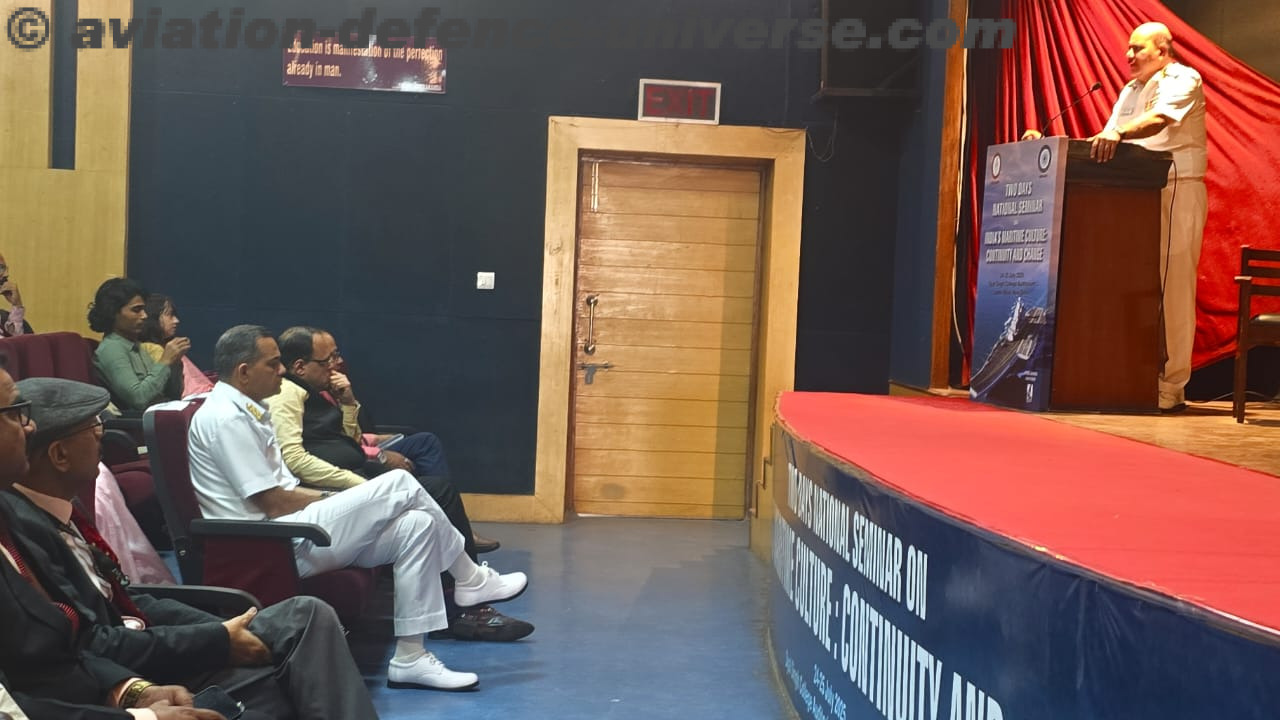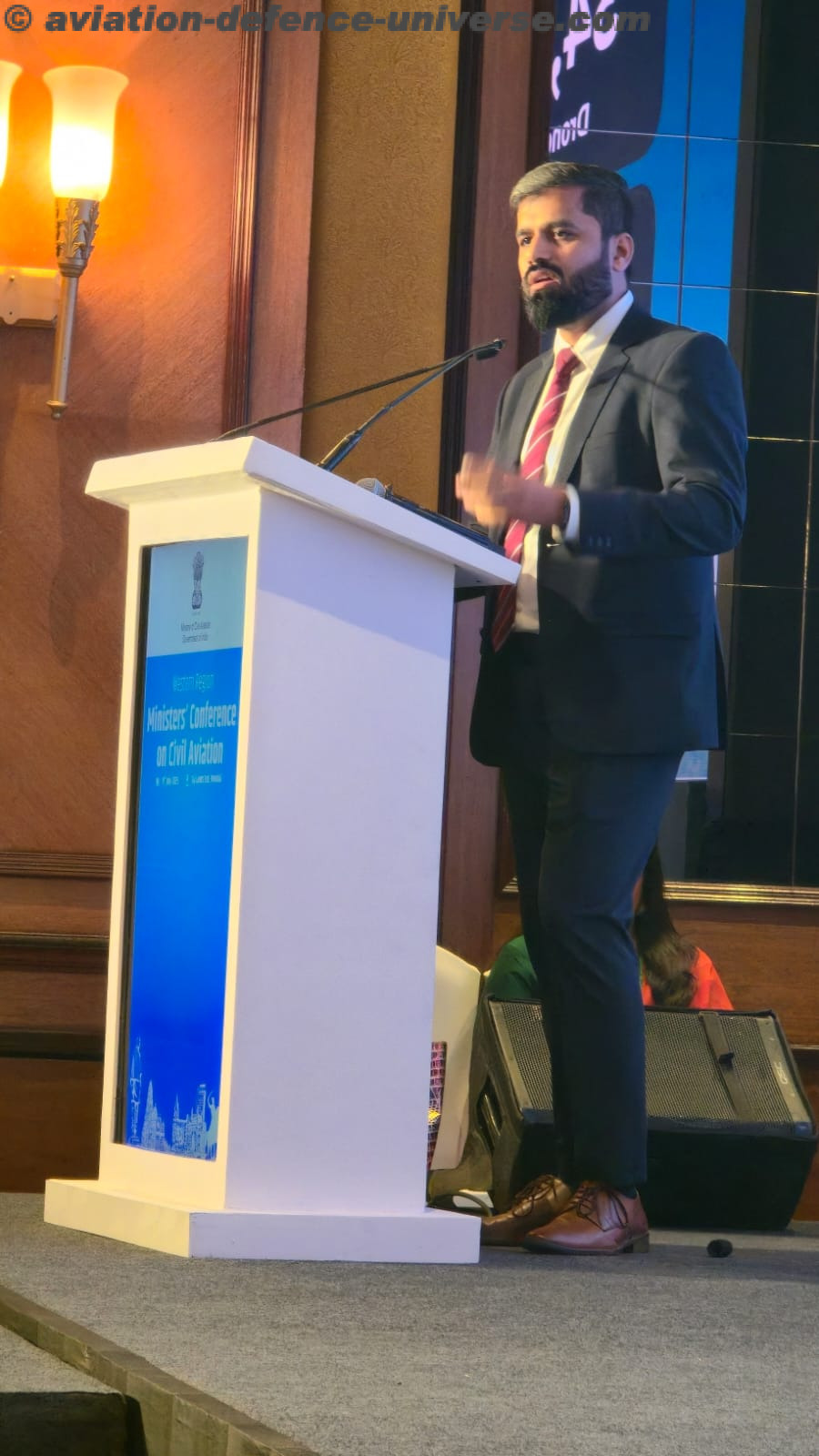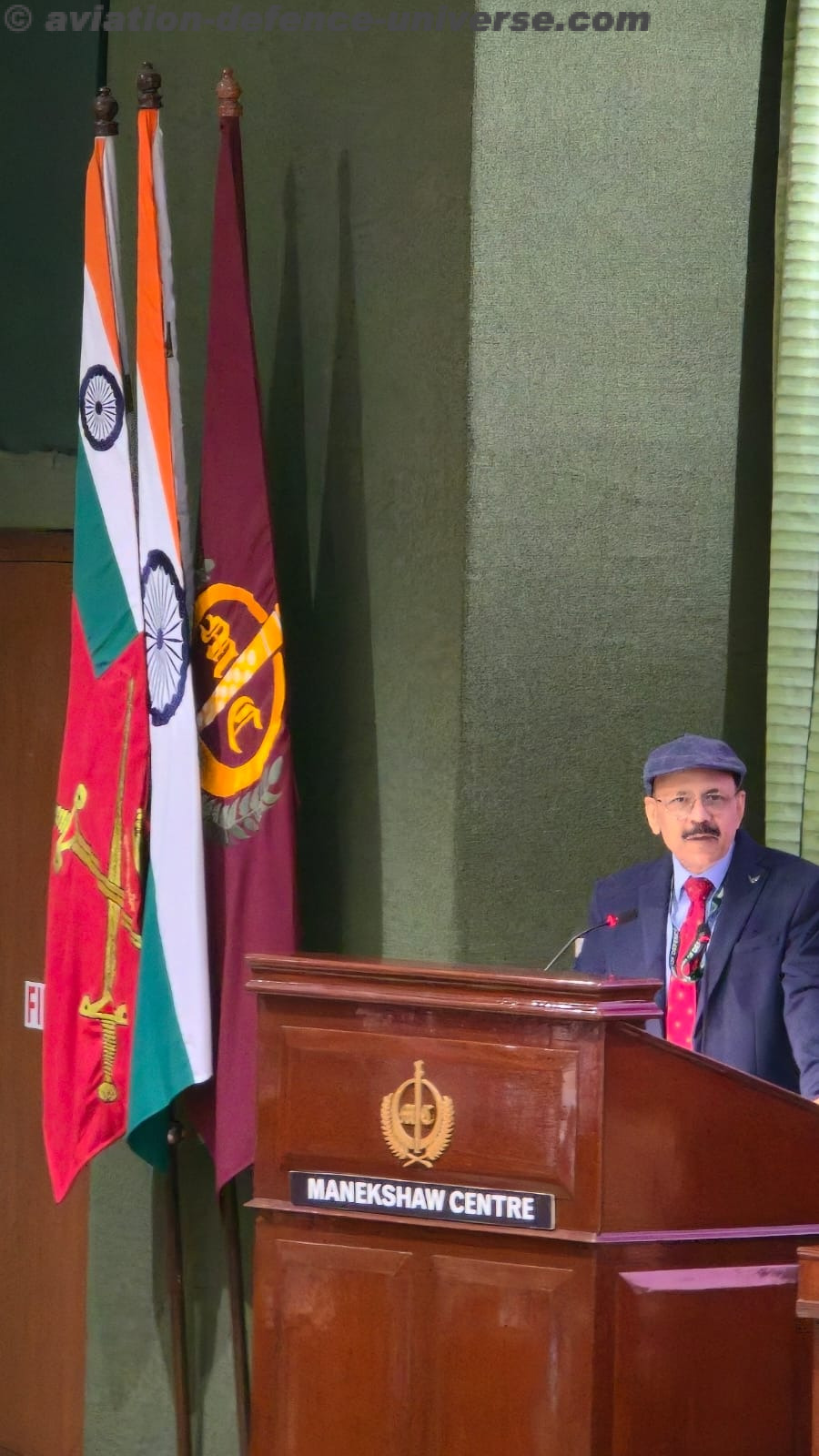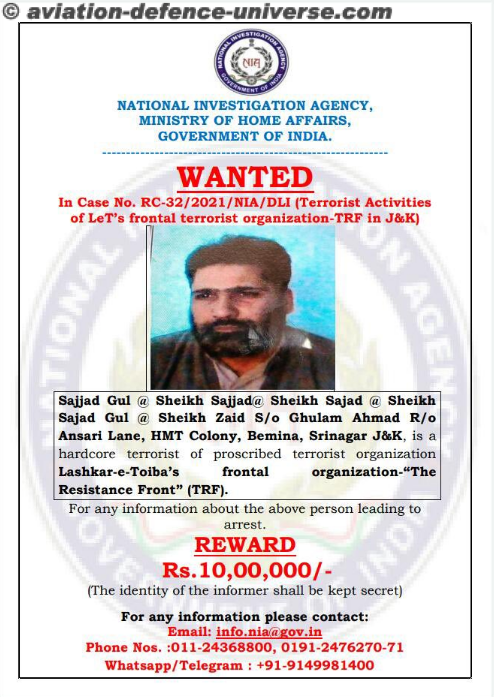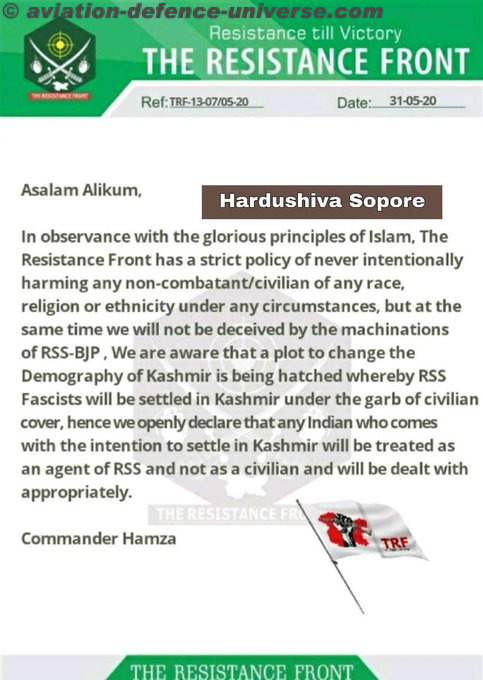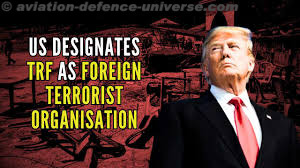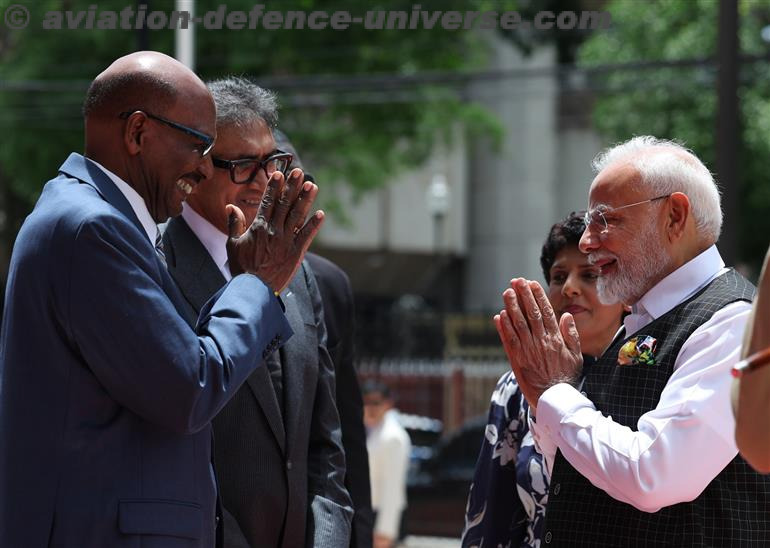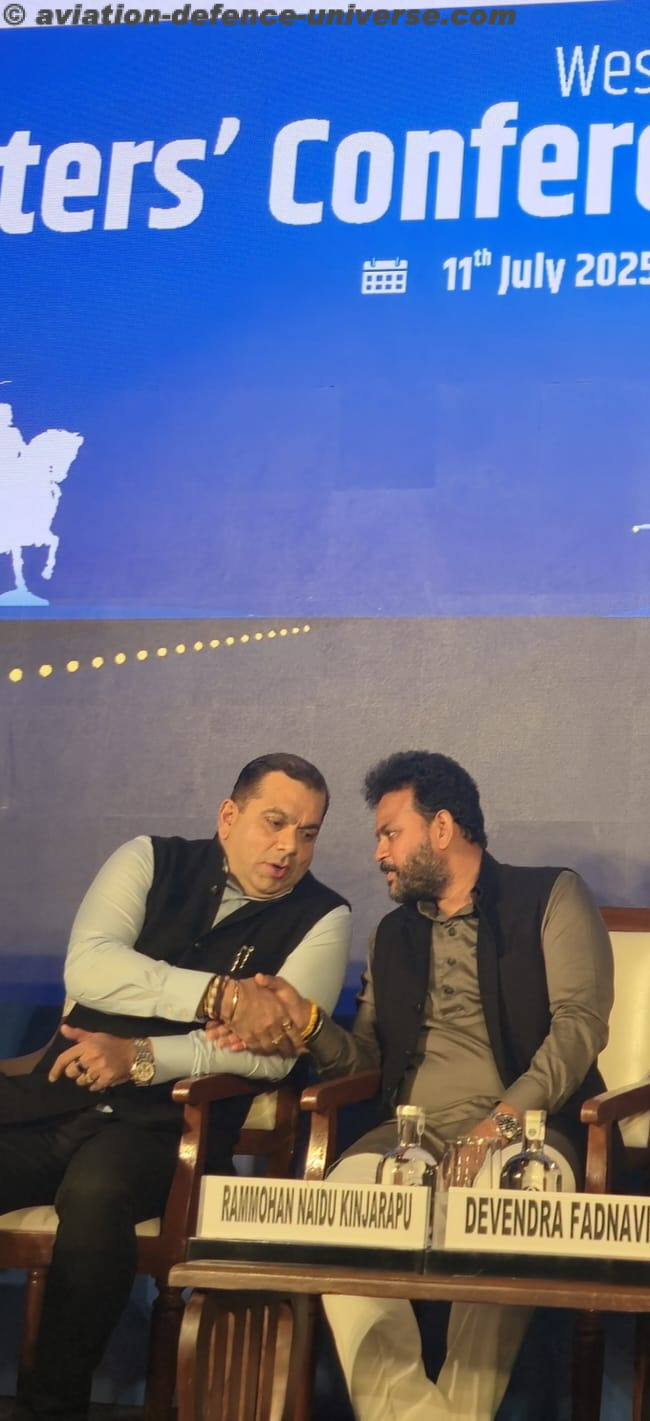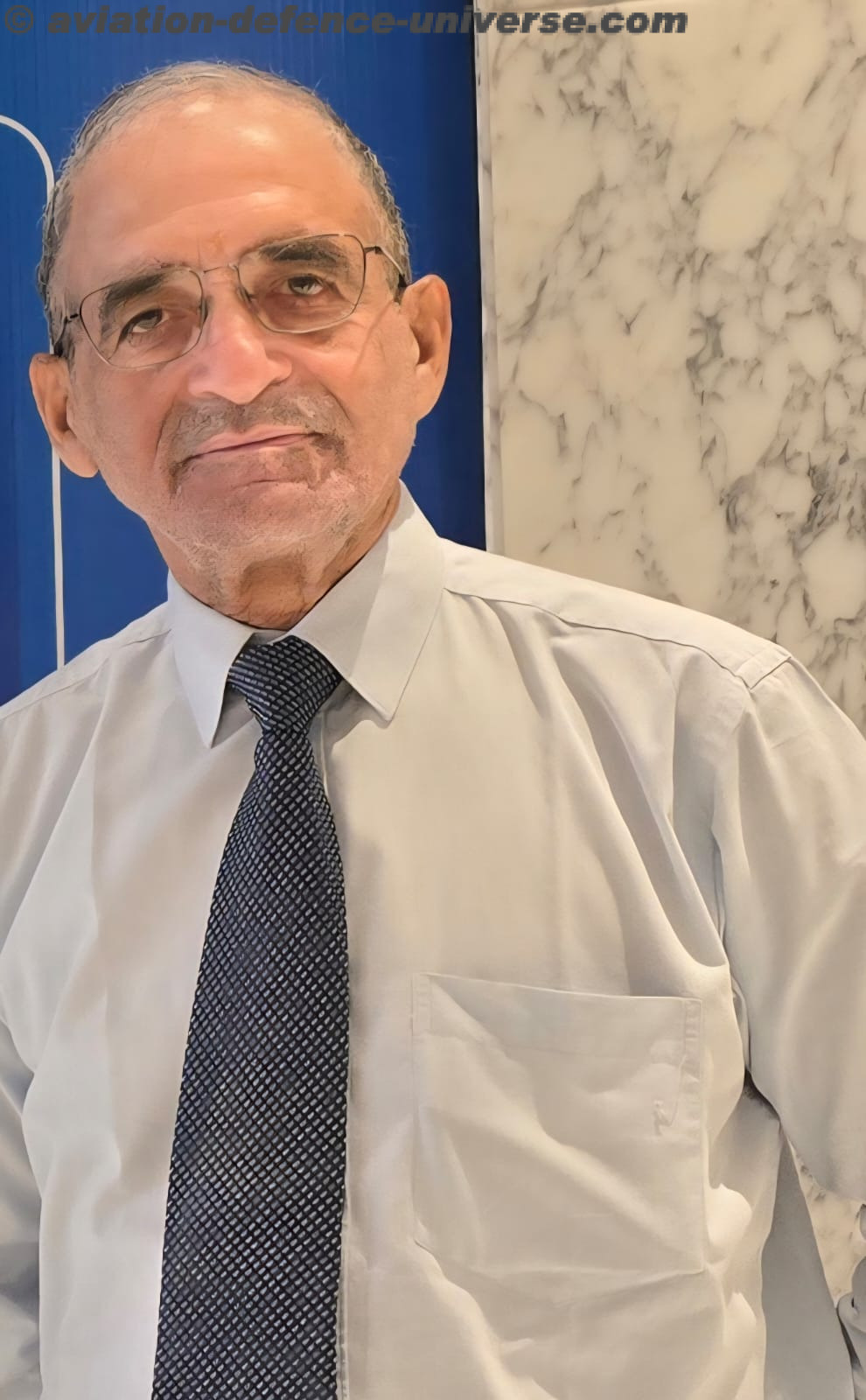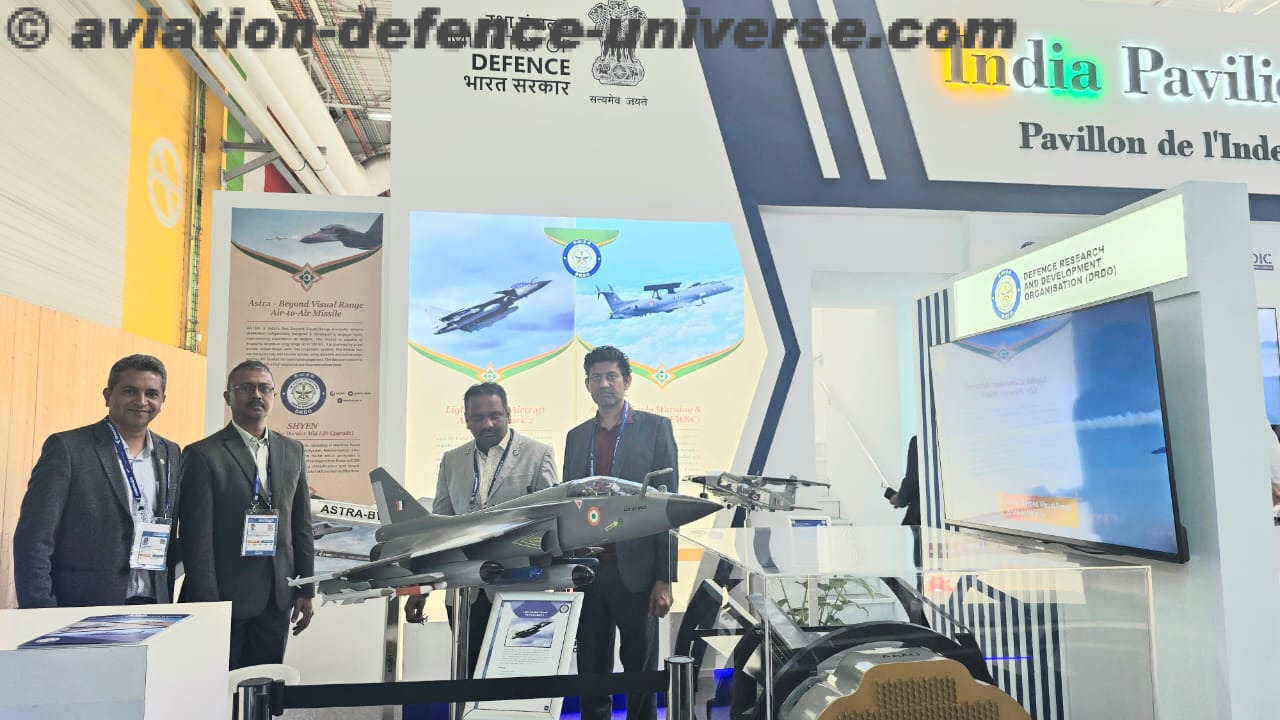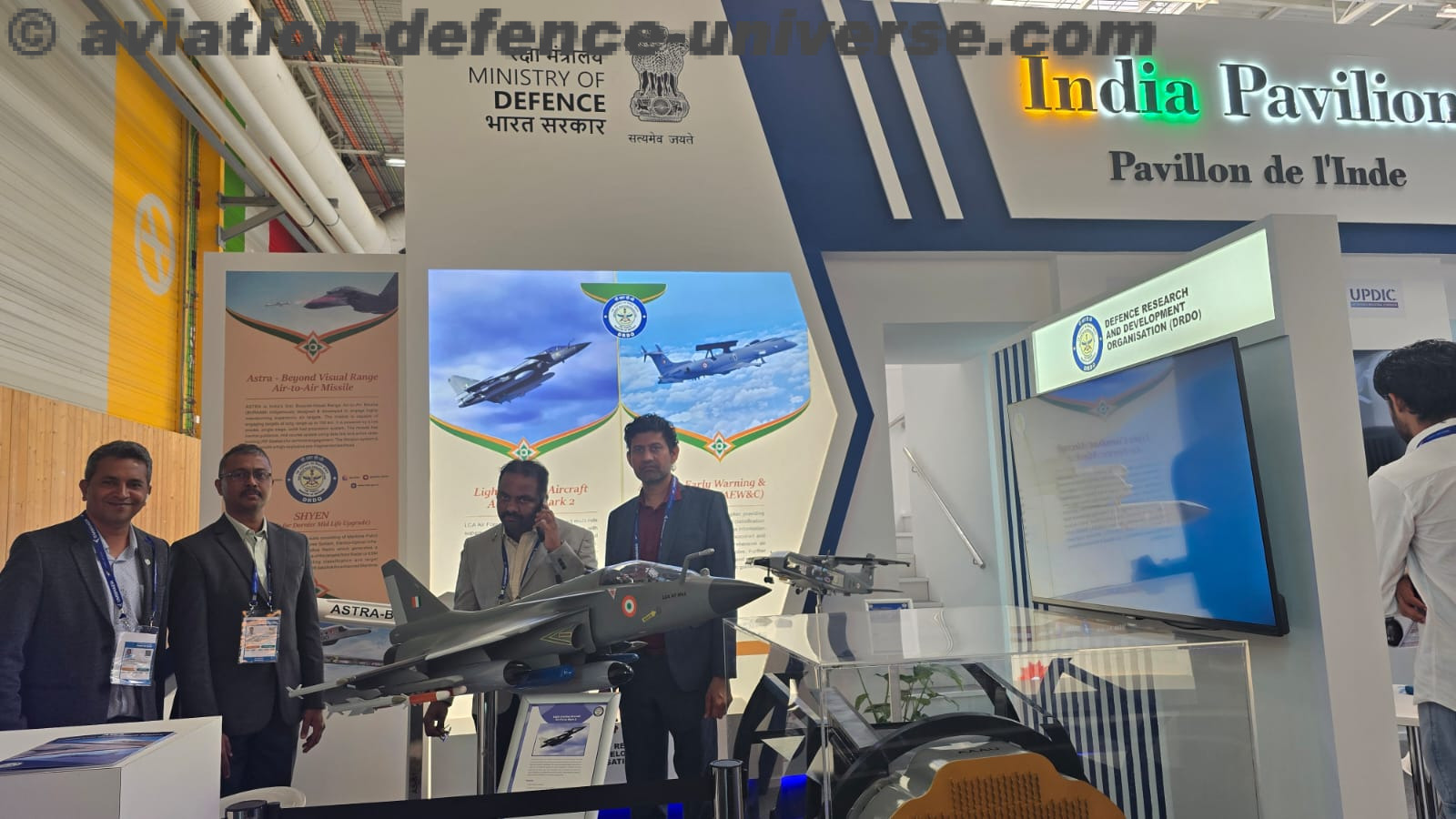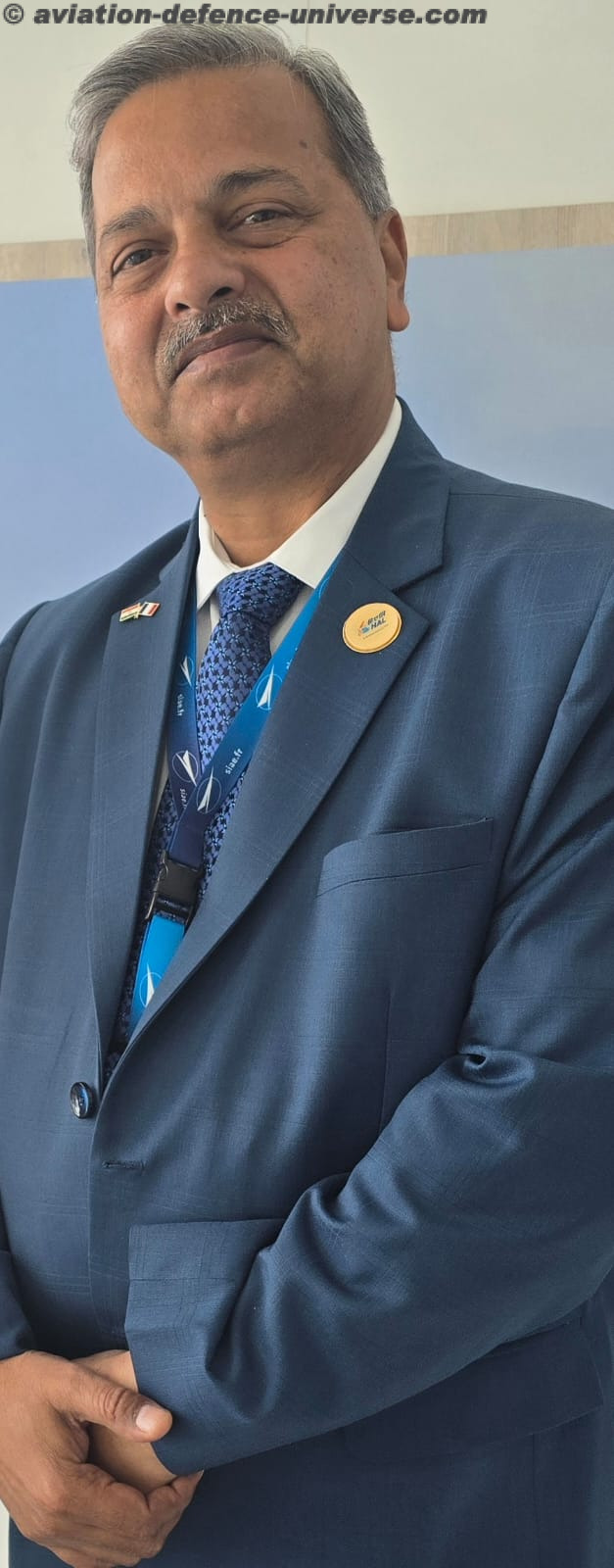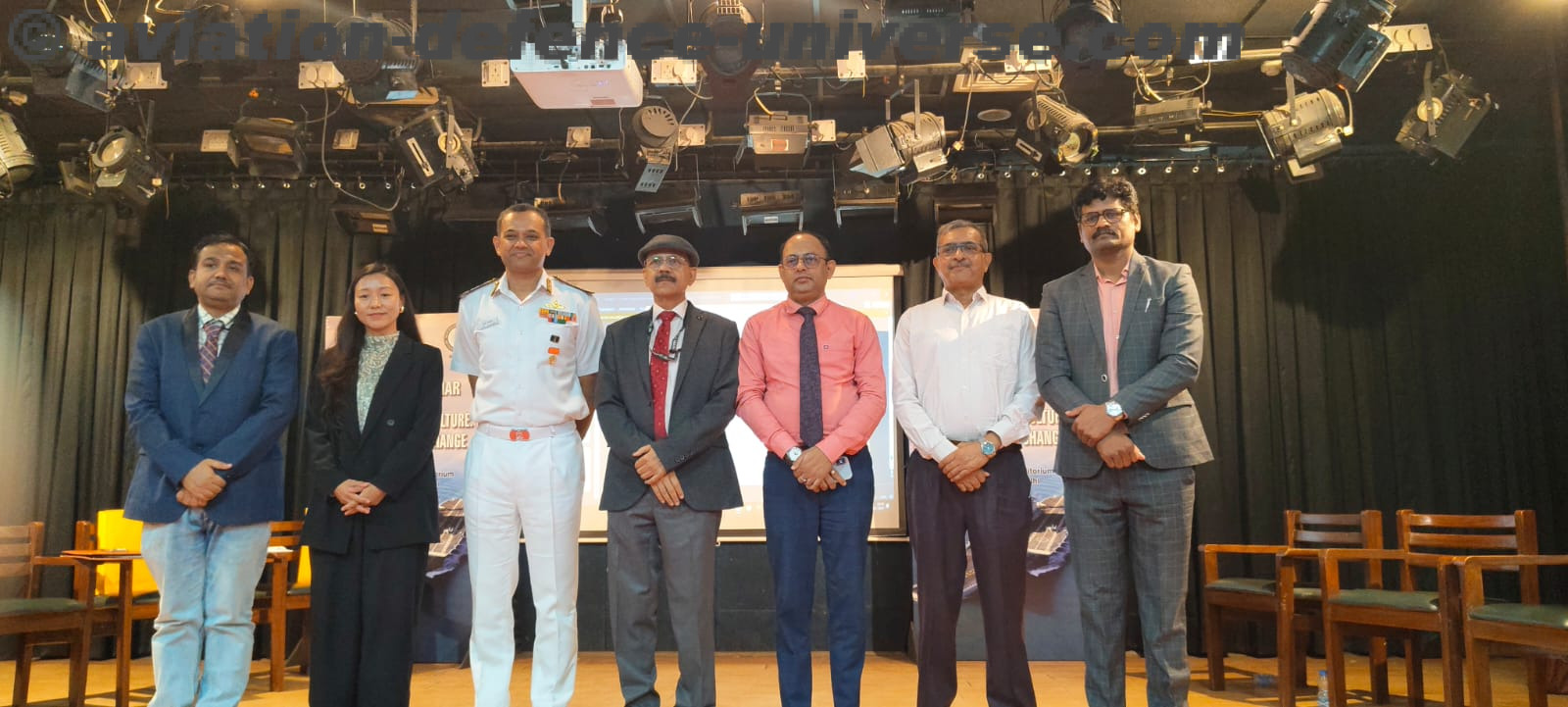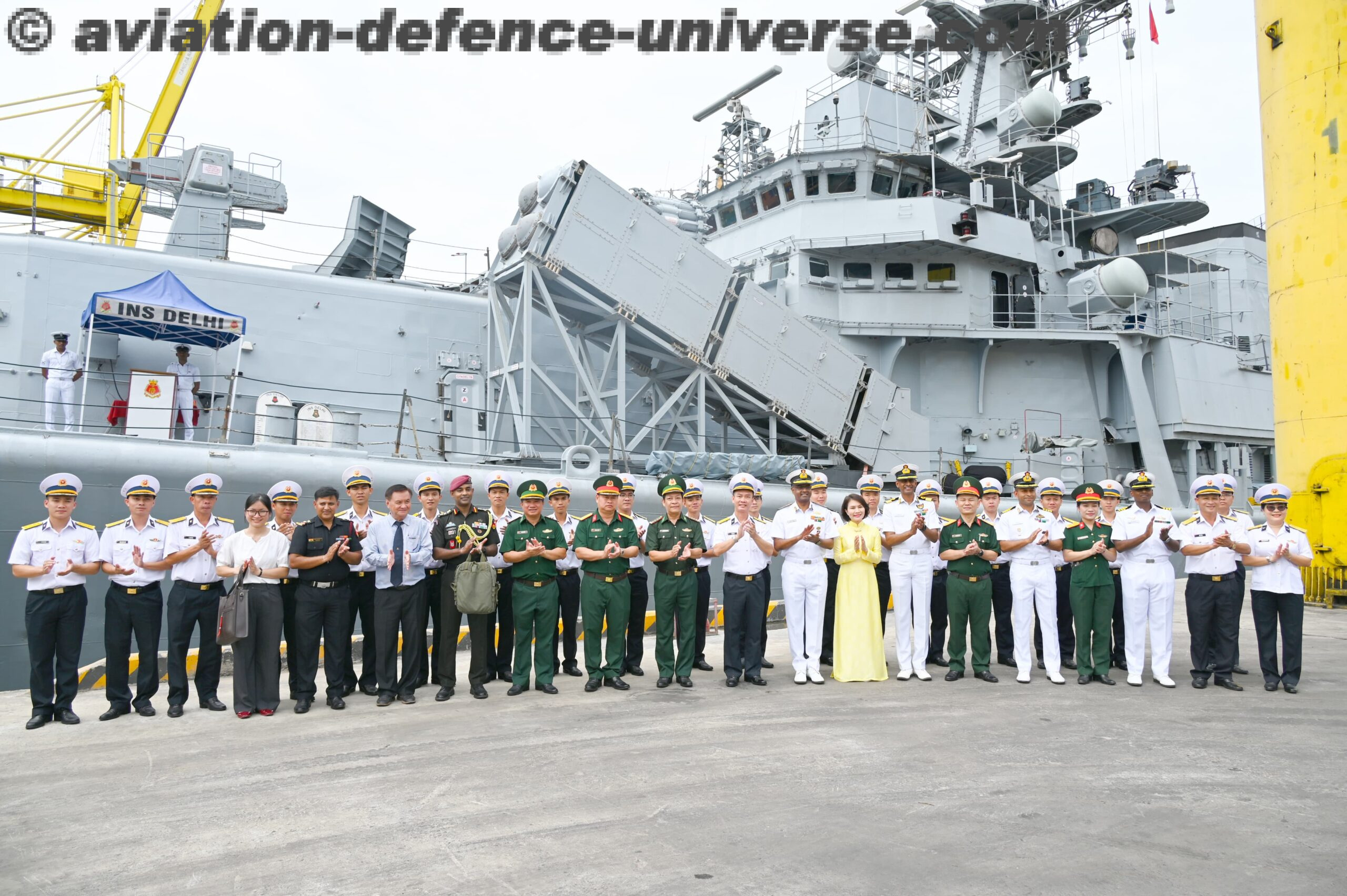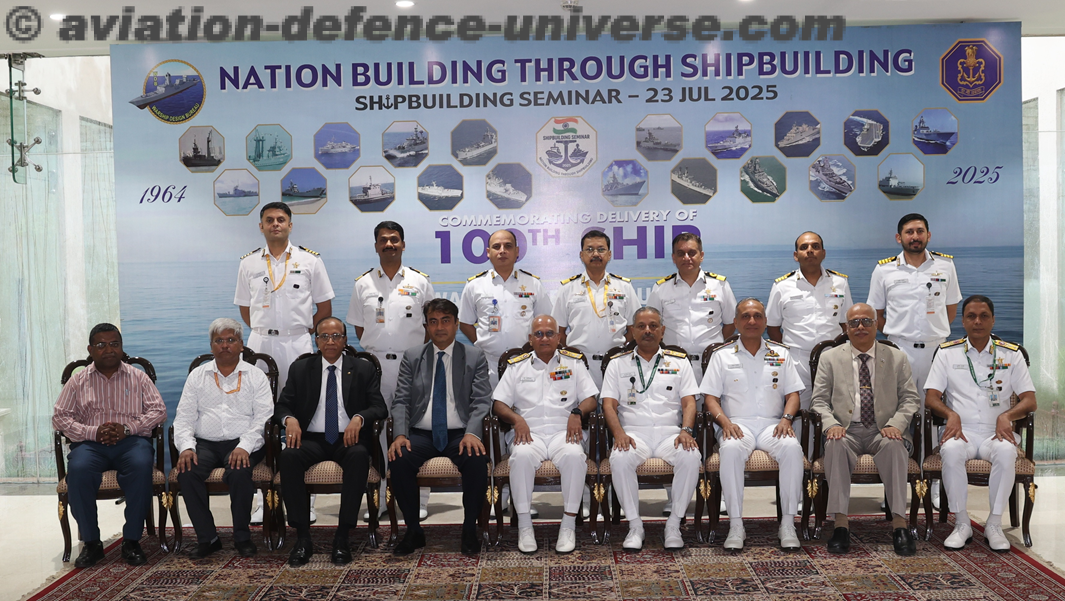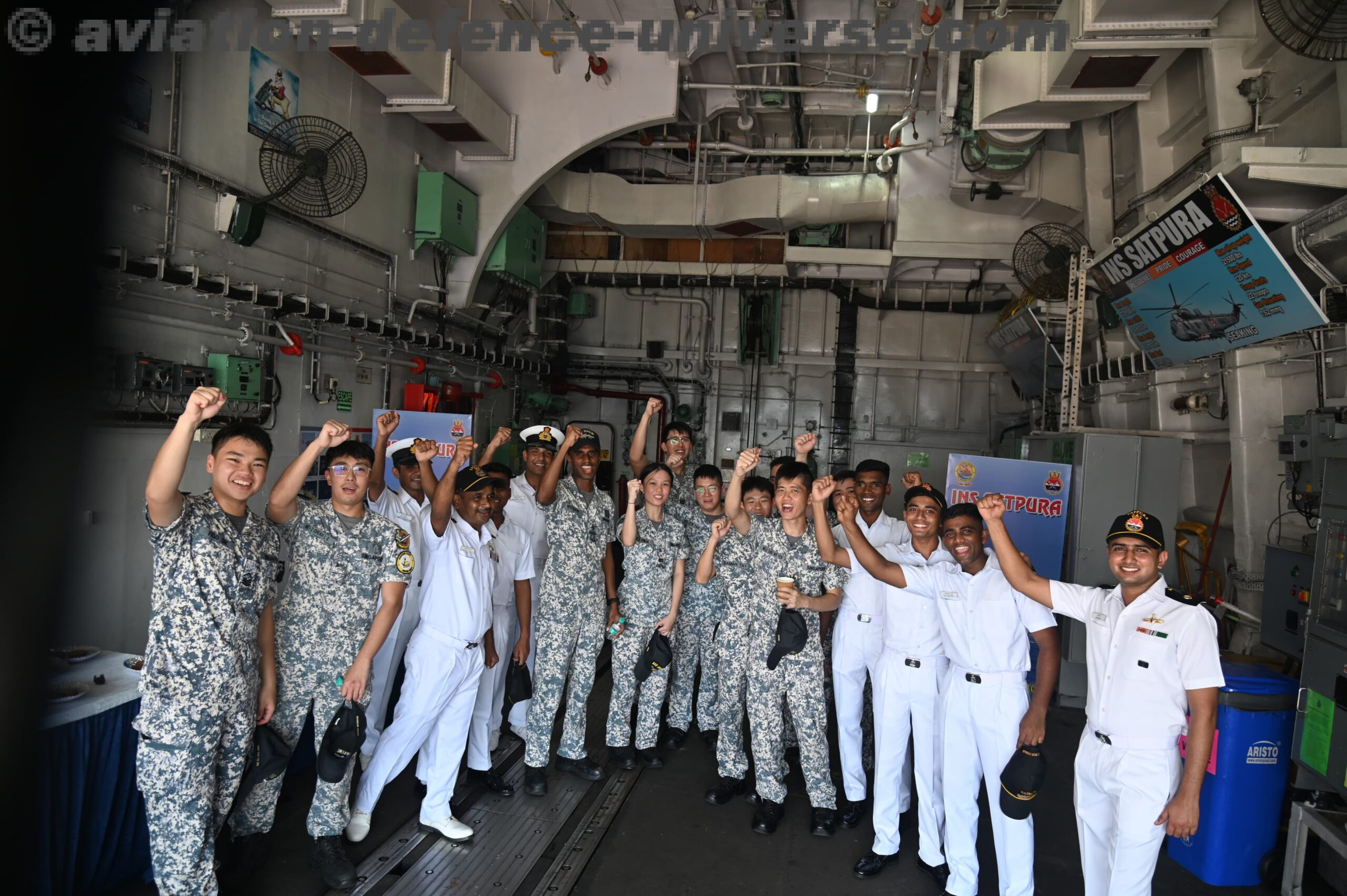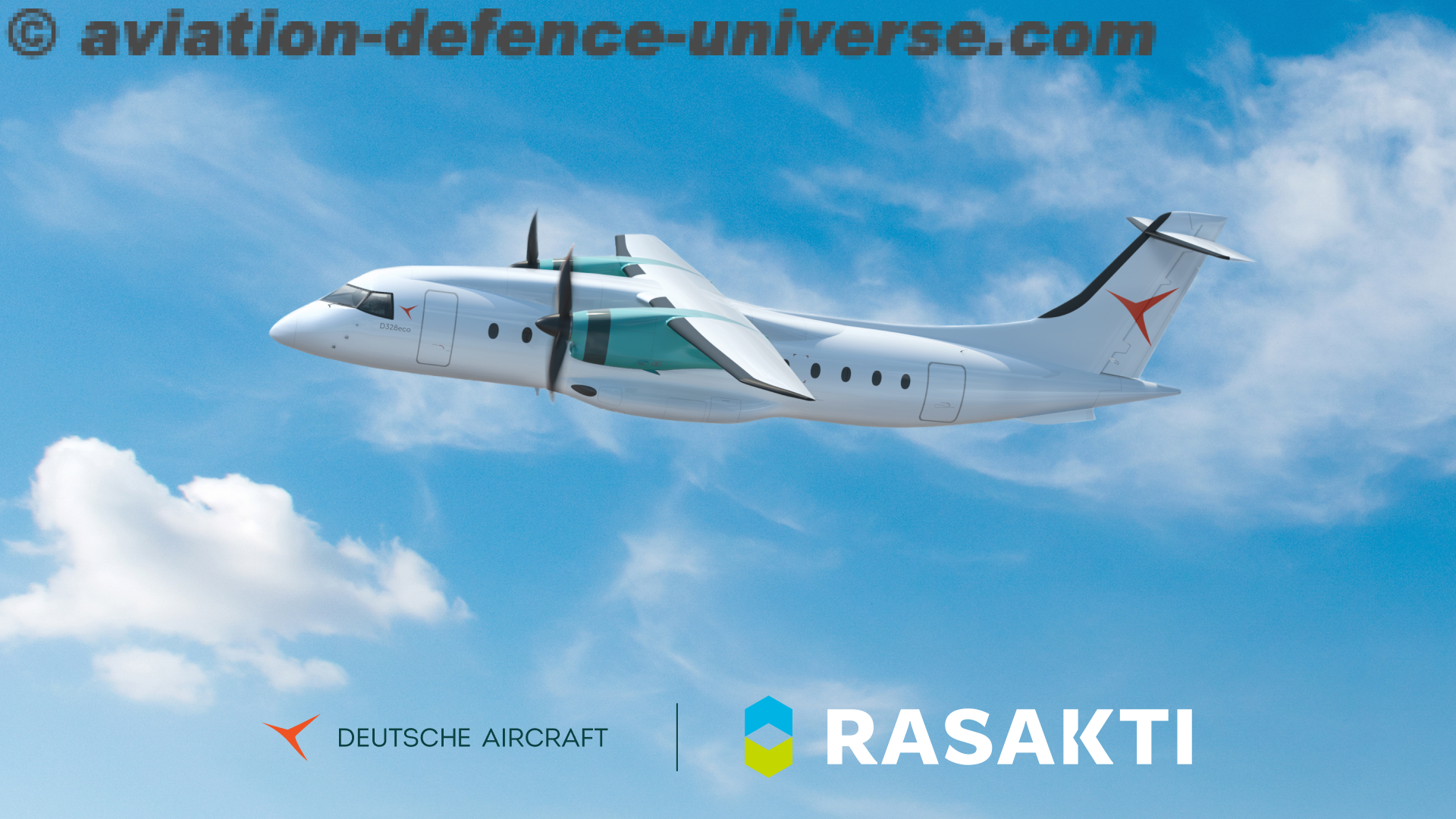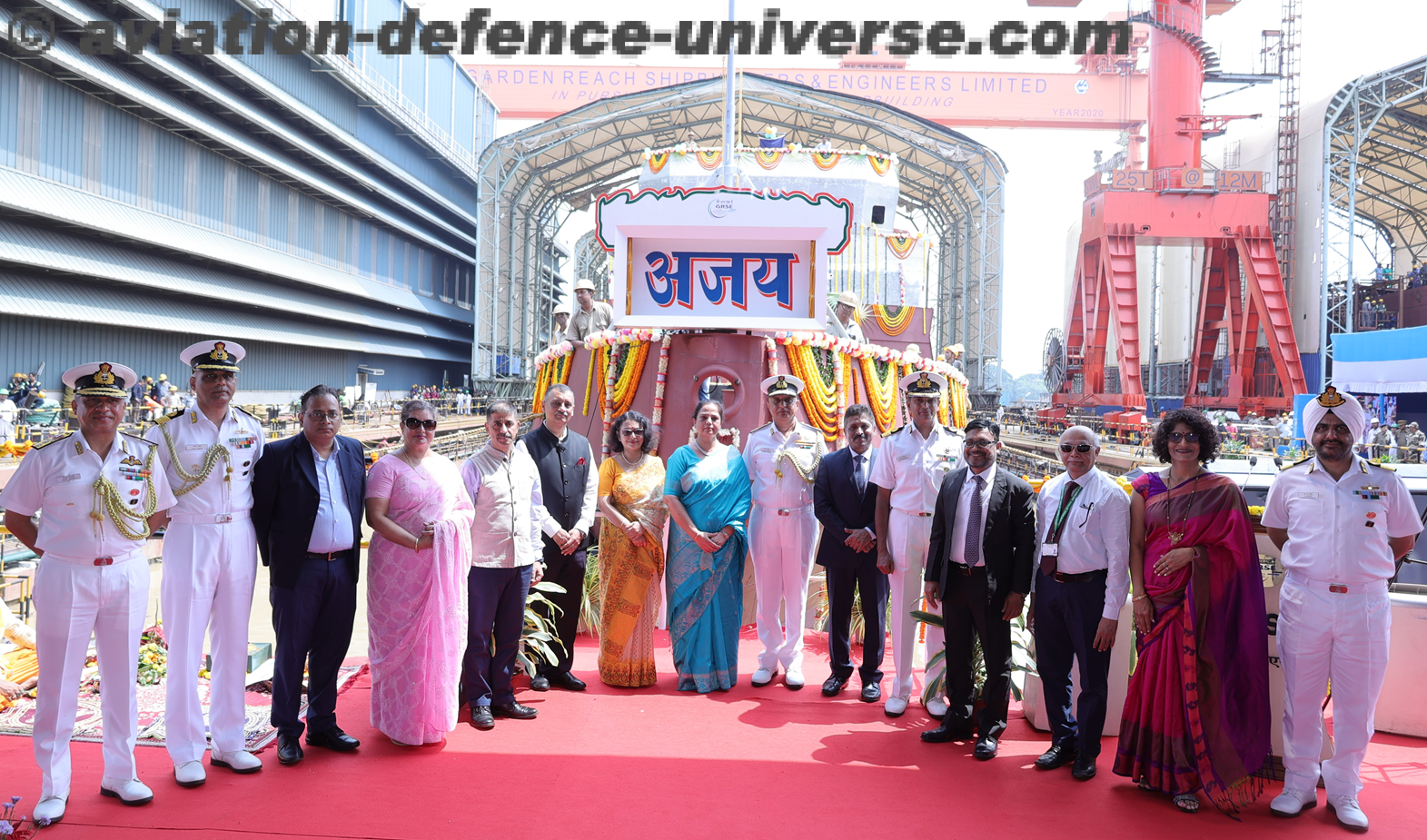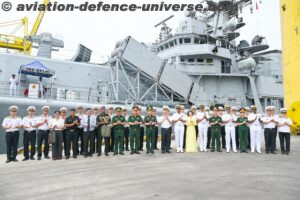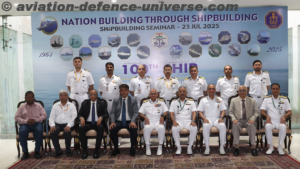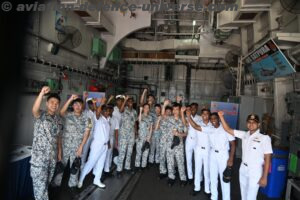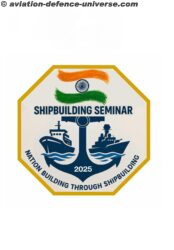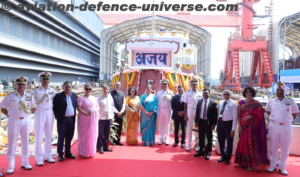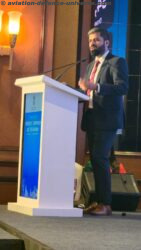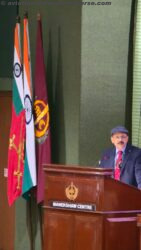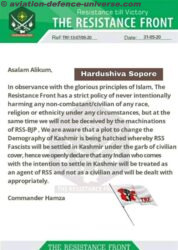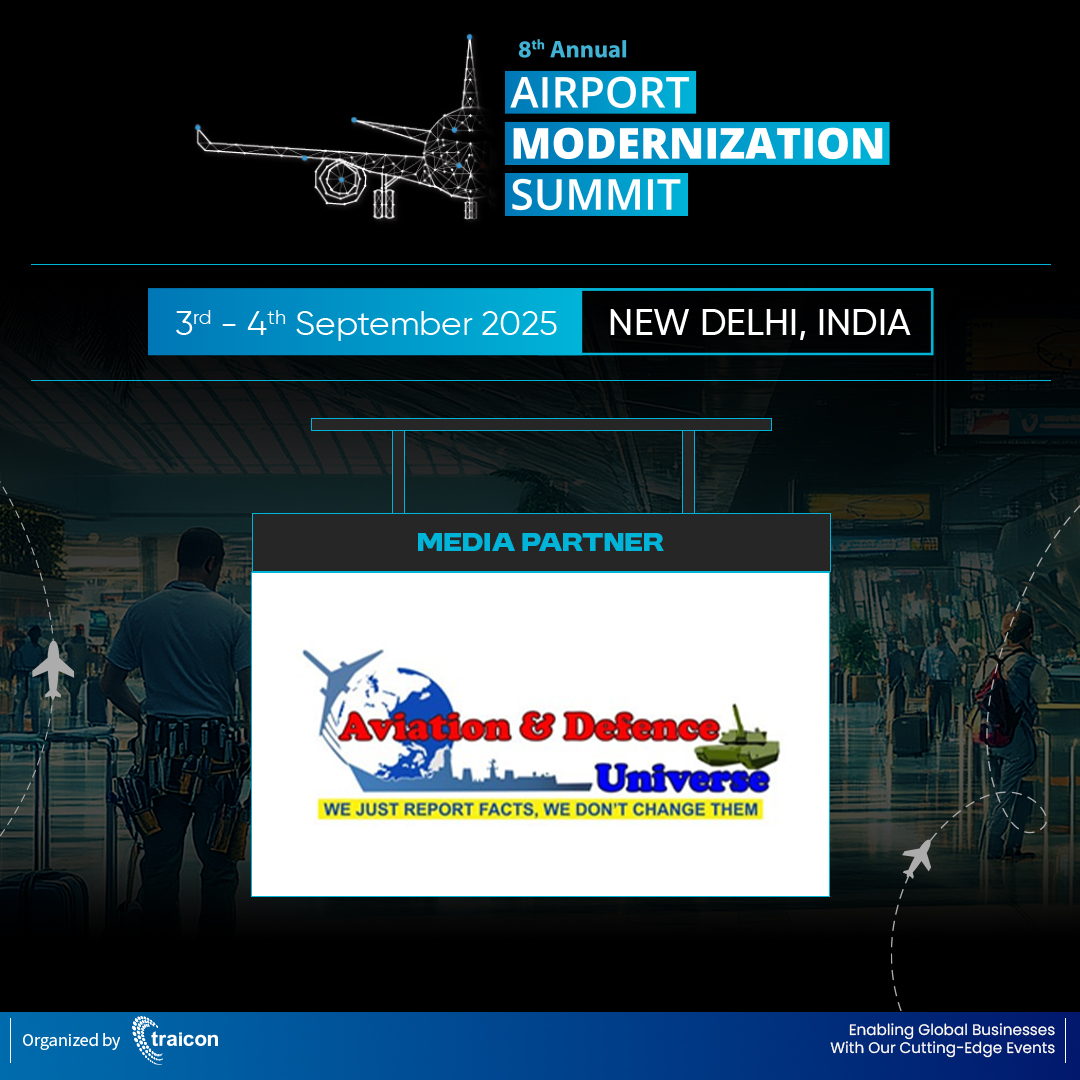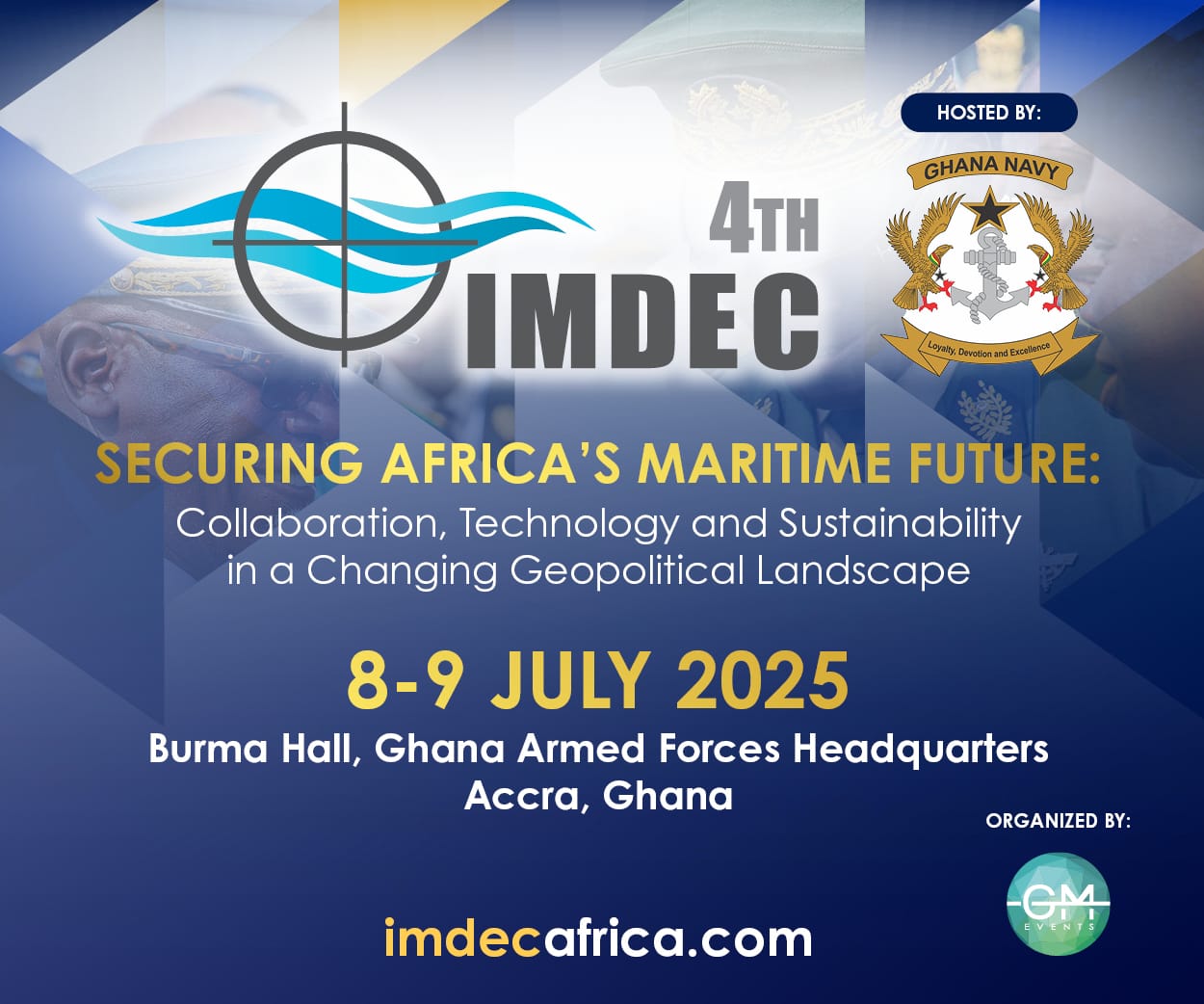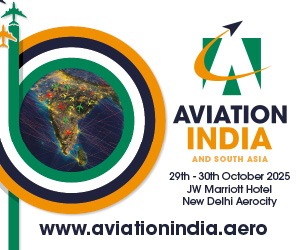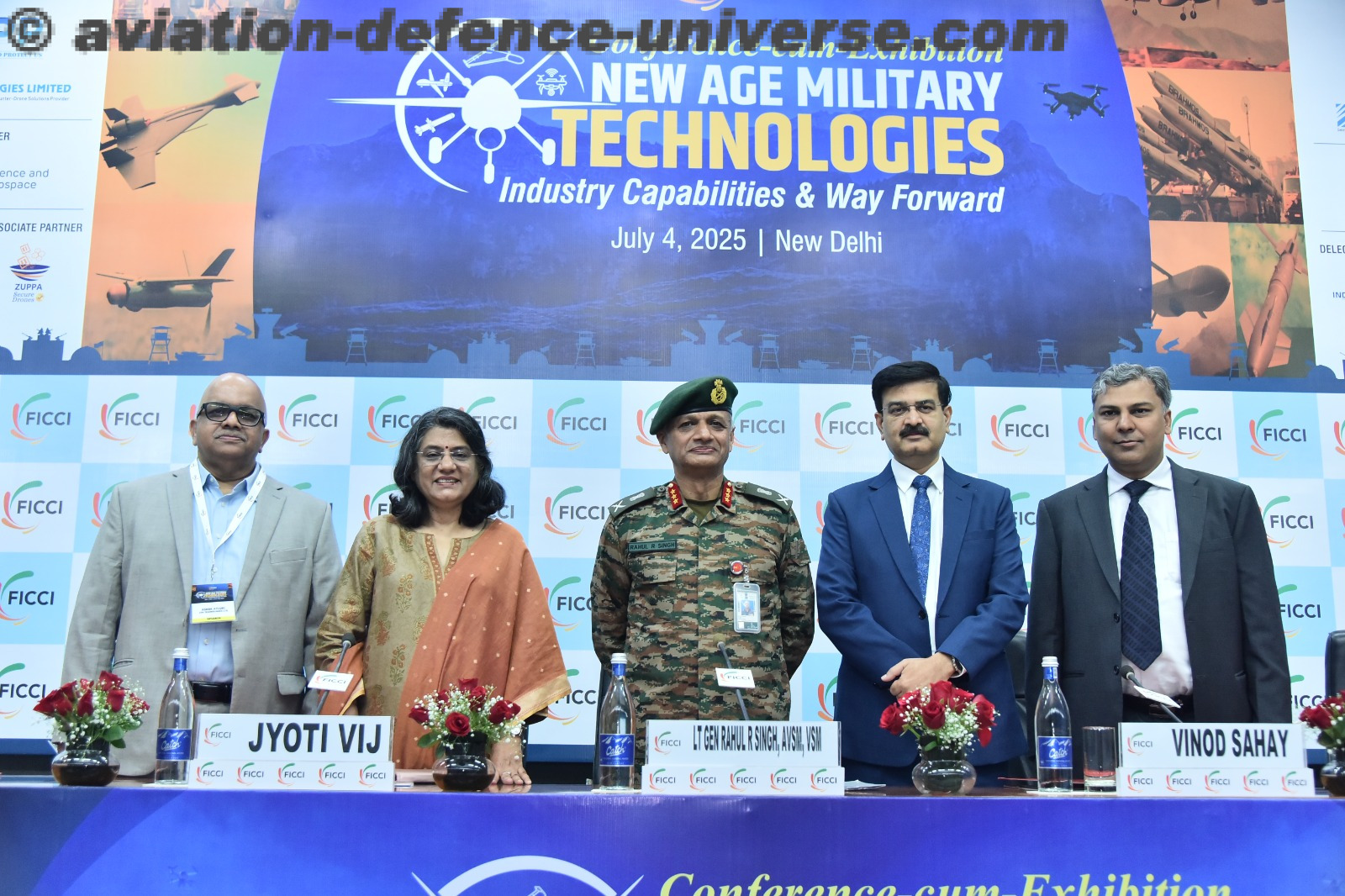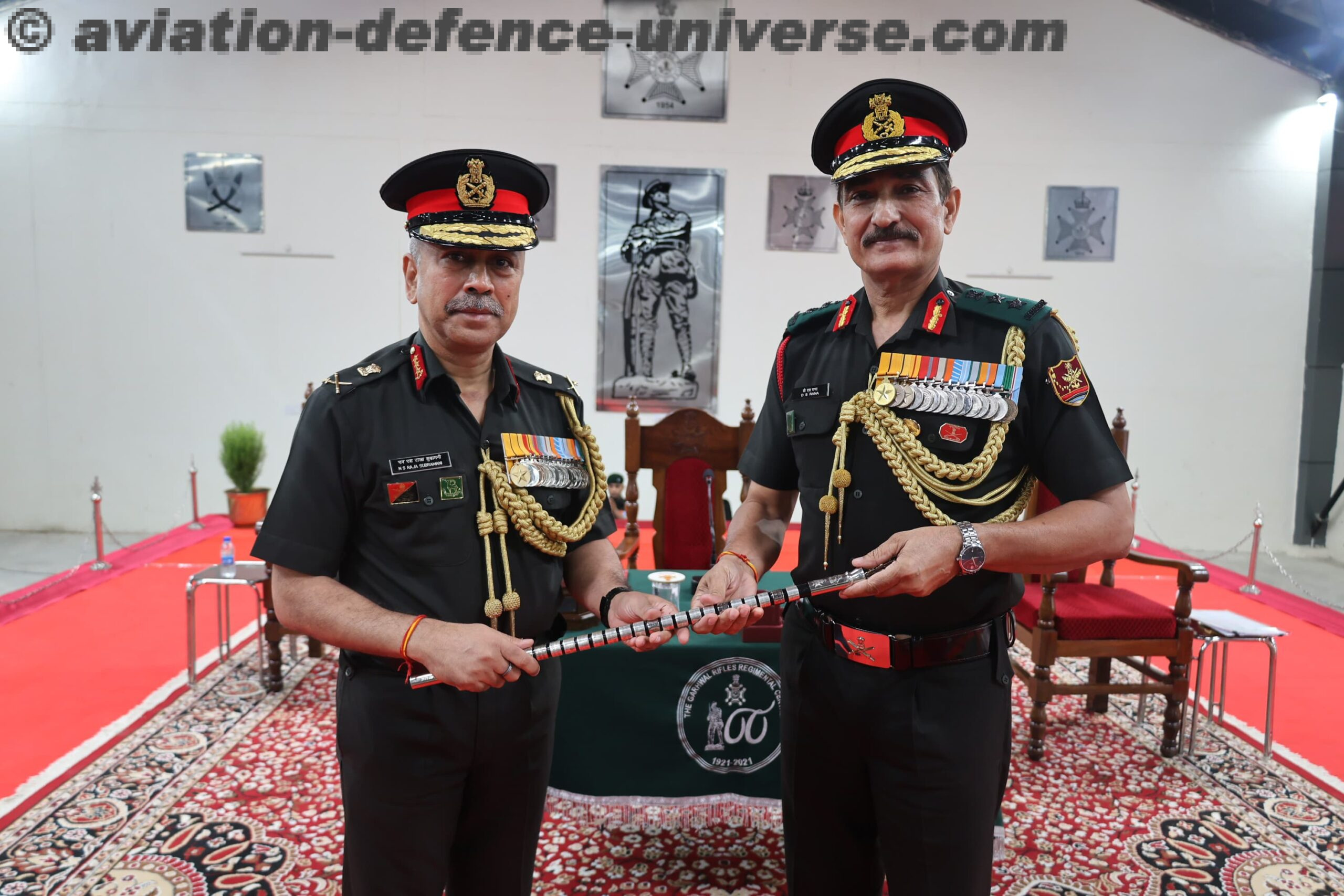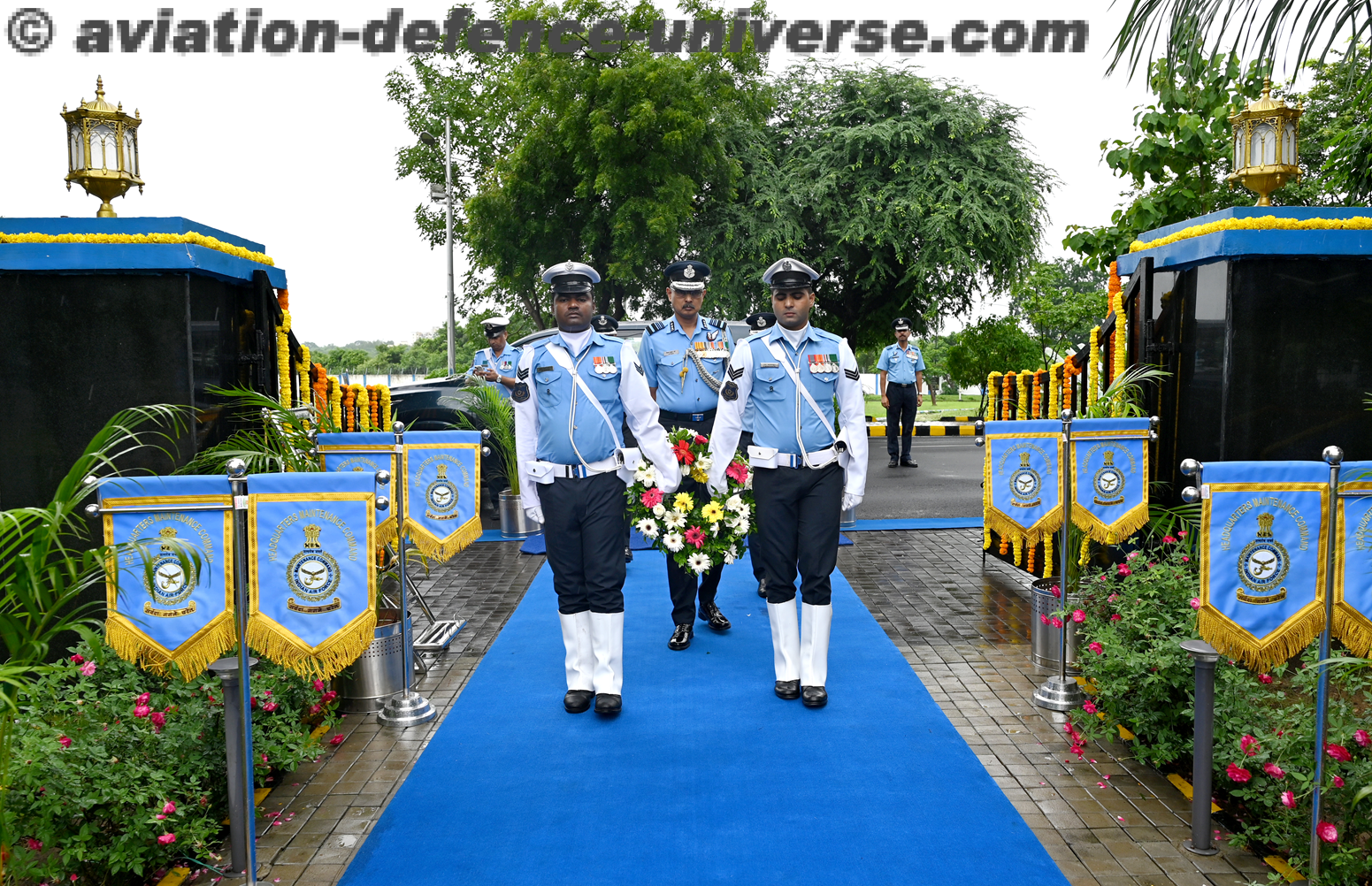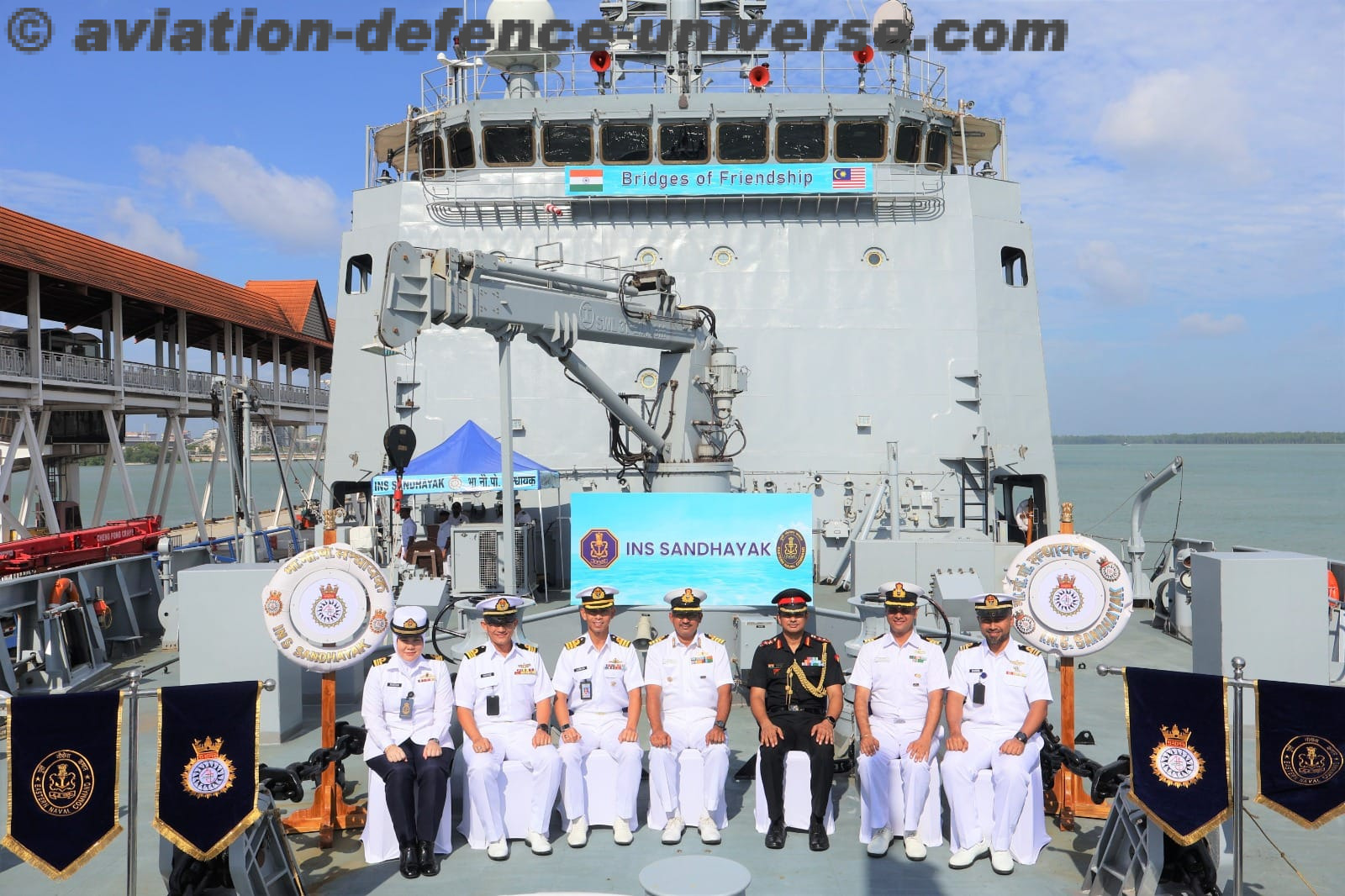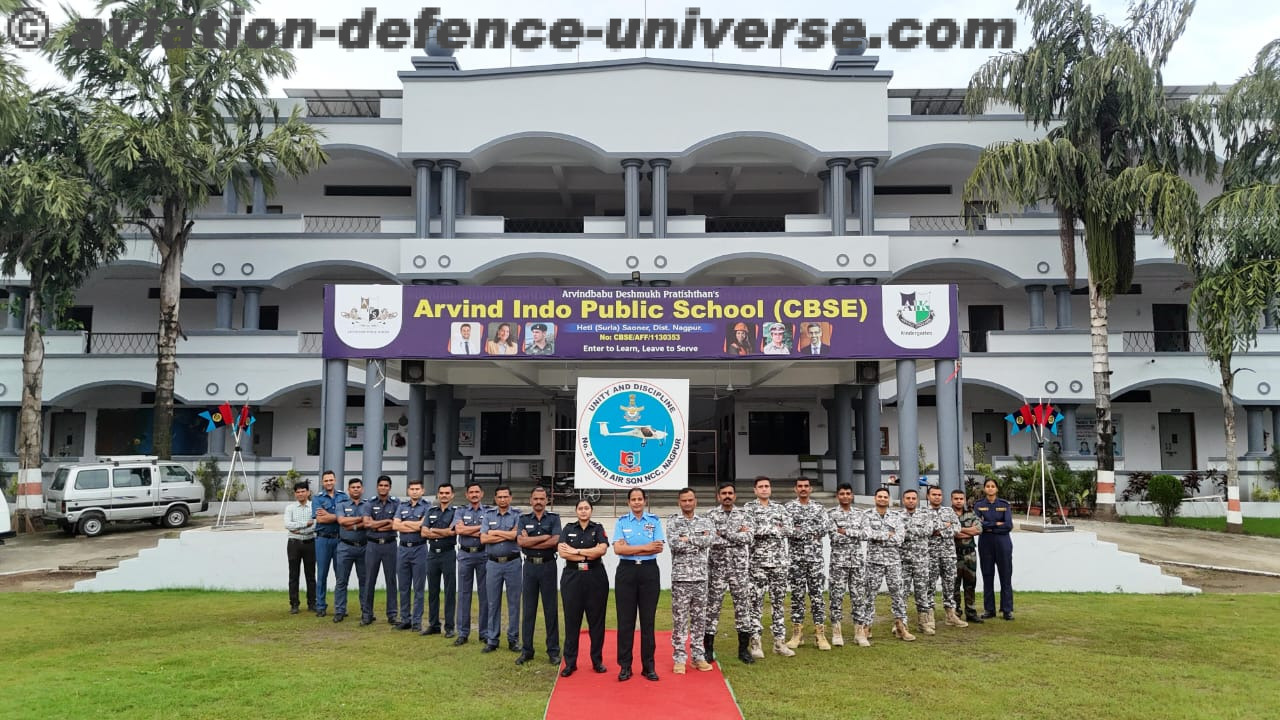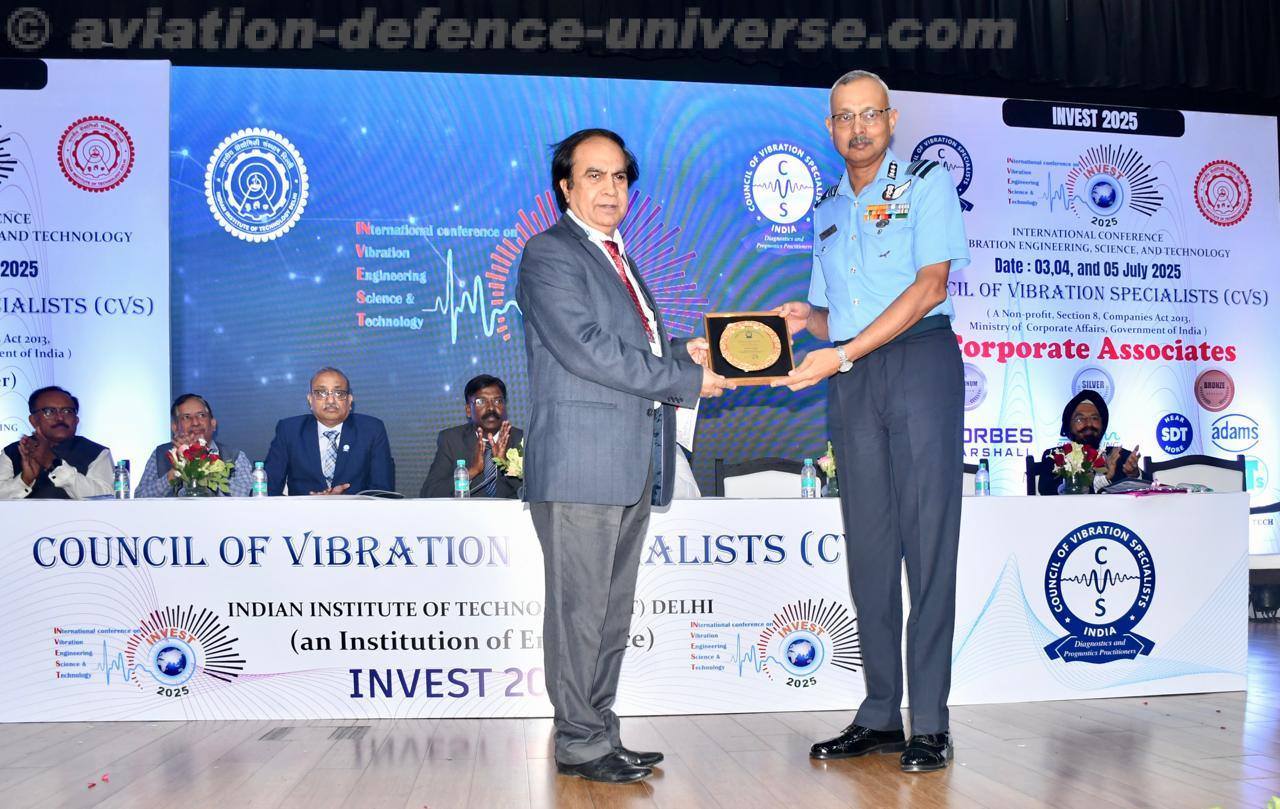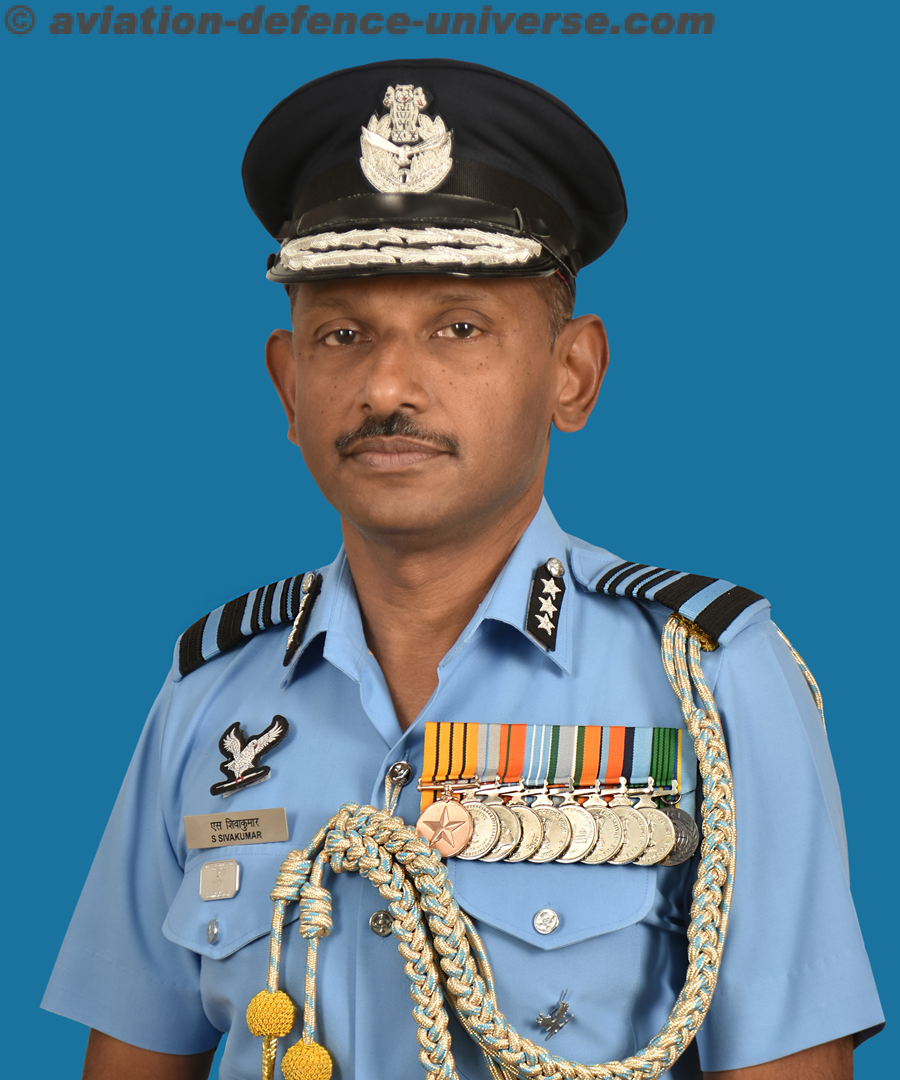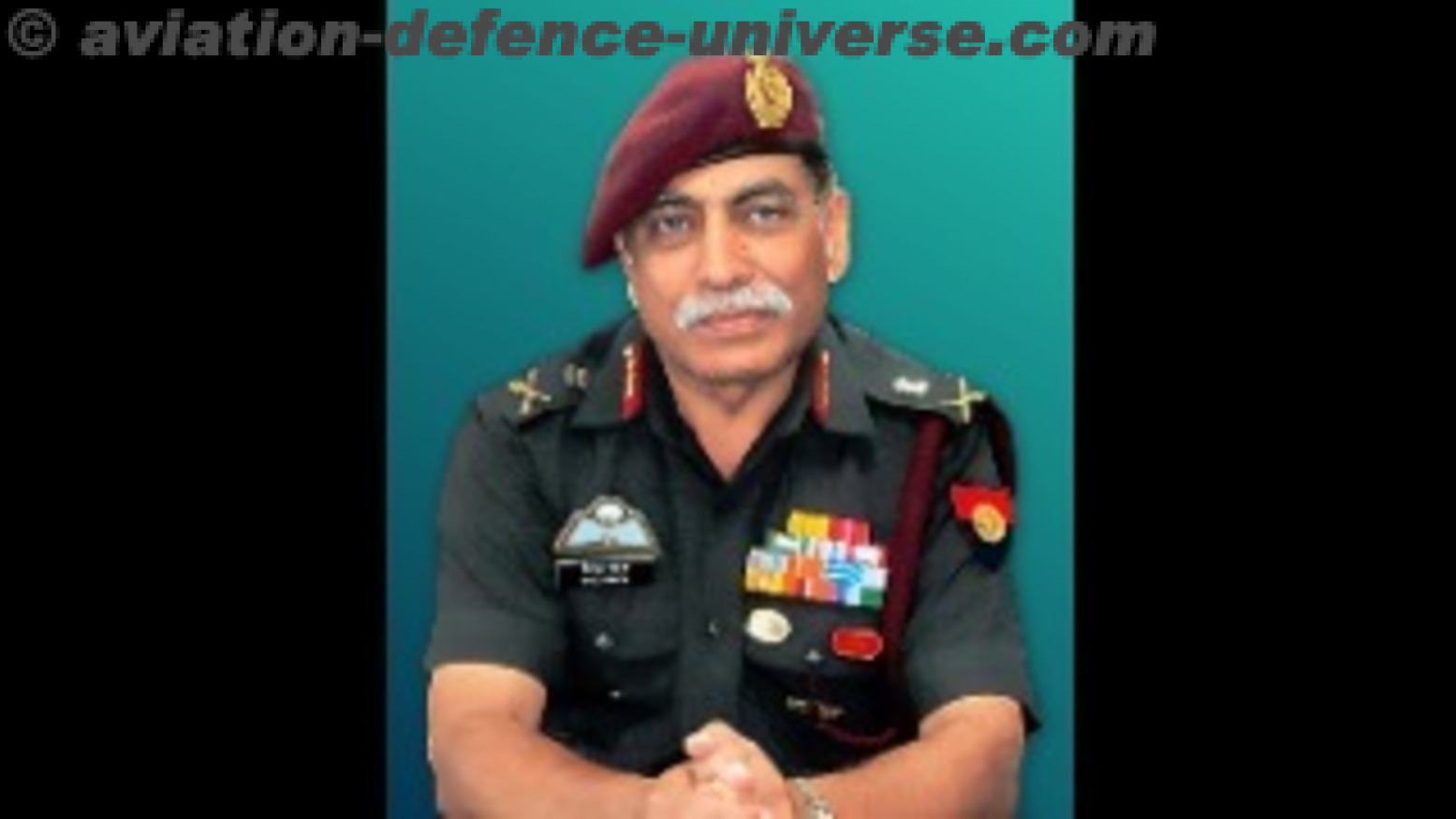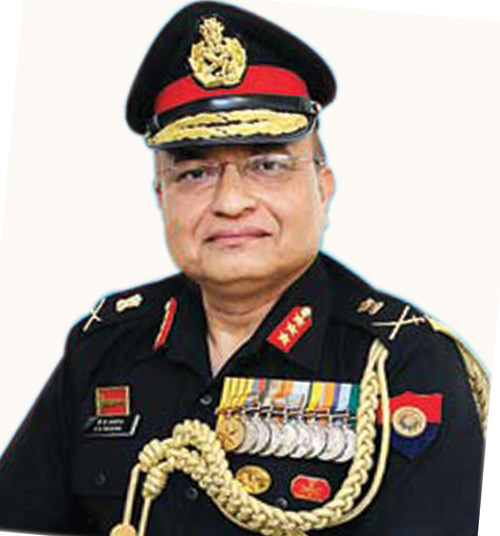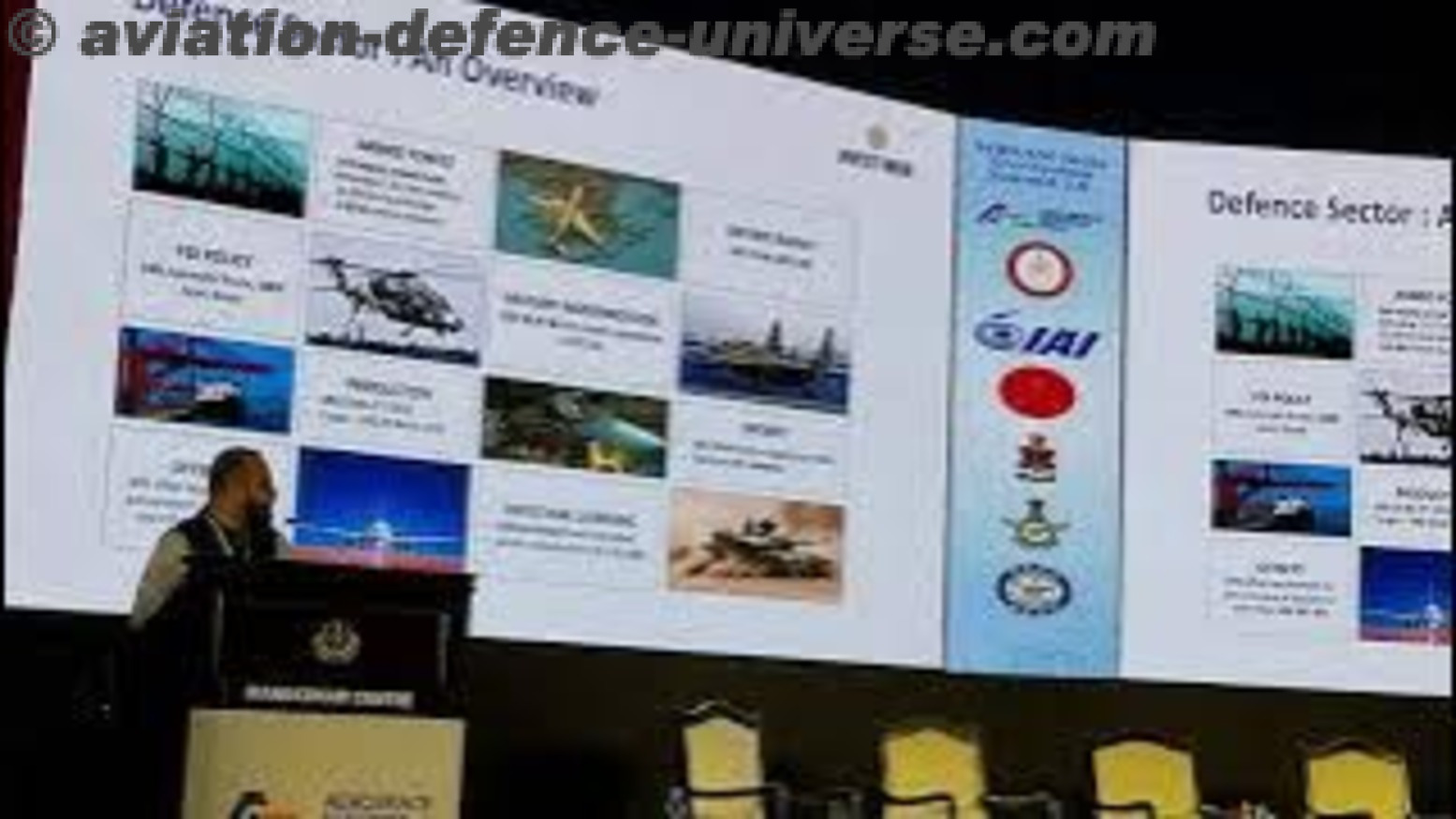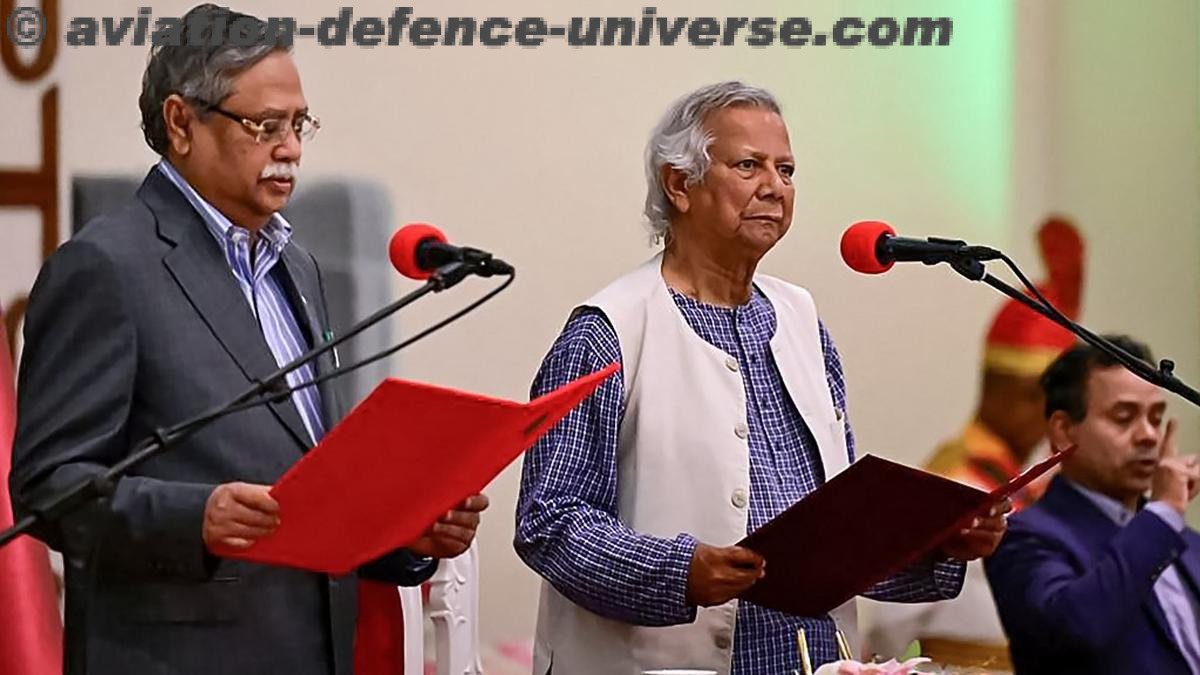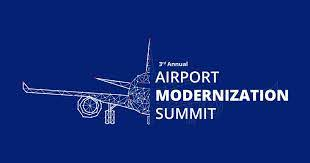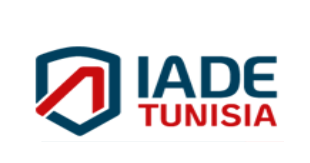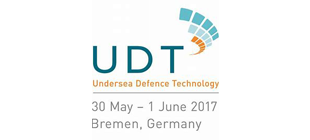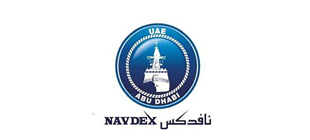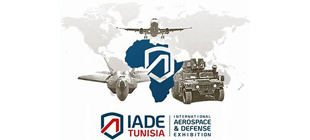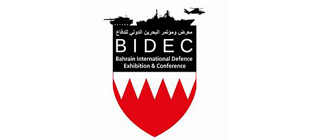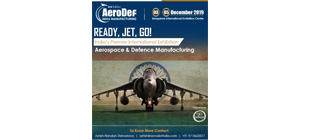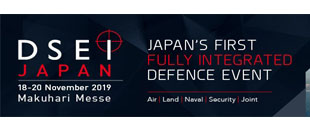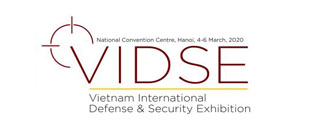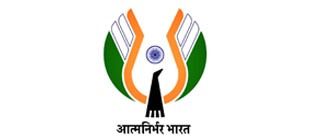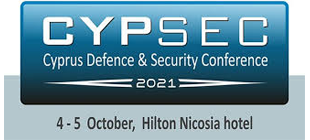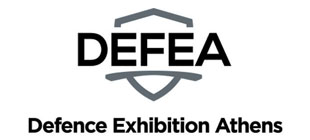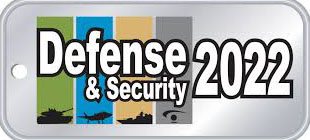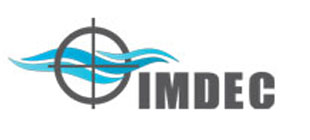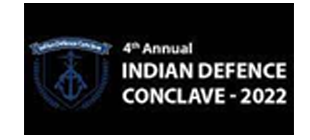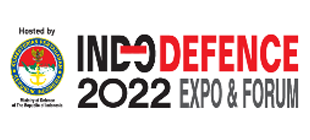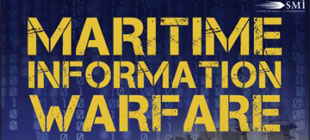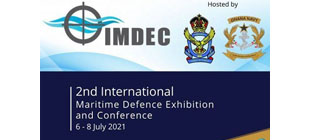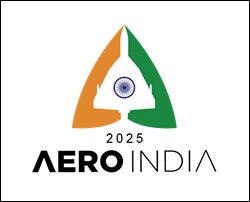
- India’s Maritime Past, Power and Potential Take Centre Stage at CENJOWS-MAKAIAS Seminar
By Sangeeta Saxena
New Delhi, 24 July 2025. The strategic and cultural importance of India’s maritime domain took the spotlight at a high-level seminar on “India’s Maritime Culture: Continuity and Change”, jointly organised by the Centre for Joint Warfare Studies (CENJOWS) and the Maulana Abul Kalam Azad Institute of Asian Studies (MAKAIAS). The event brought together naval officers, academics, policymakers, and students to deliberate on India’s rich seafaring legacy and its contemporary maritime challenges and opportunities.
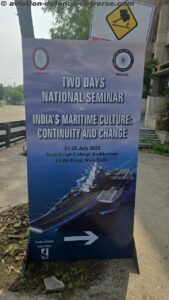 India’s maritime culture is a profound and enduring element of its civilisational identity, tracing its roots back to the Indus Valley civilisation and the flourishing coastal cities of ancient and medieval times. From Lothal and Dwaraka to Calicut and Masulipatnam, Indian ports were pivotal in fostering trade across the Arabian Sea and Bay of Bengal, connecting India with Africa, the Middle East, Southeast Asia, and beyond. The exchange was not limited to goods—India exported its languages, religions, art, and knowledge systems, creating a maritime legacy that transcended commercial transactions and laid the foundation for India’s early soft power.
India’s maritime culture is a profound and enduring element of its civilisational identity, tracing its roots back to the Indus Valley civilisation and the flourishing coastal cities of ancient and medieval times. From Lothal and Dwaraka to Calicut and Masulipatnam, Indian ports were pivotal in fostering trade across the Arabian Sea and Bay of Bengal, connecting India with Africa, the Middle East, Southeast Asia, and beyond. The exchange was not limited to goods—India exported its languages, religions, art, and knowledge systems, creating a maritime legacy that transcended commercial transactions and laid the foundation for India’s early soft power.
Inaugural Session began with a ceremonial welcome by the NCC Naval Wing Cadets of Dyal Singh College. Maj Gen (Dr) Ashok Kumar (Retd), Director General of CENJOWS, opened the conference, followed by a keynote address from Vice Admiral Vineet McCarty, AVSM, Controller of Personnel Services, Indian Navy, who highlighted the enduring maritime ethos of the Indian Navy and its evolving personnel strategy. Special remarks were delivered by Prof (Dr) V. K. Paliwal, Principal of Dyal Singh College, and Prof (Dr) Prajit Palit of MAKAIAS, while Dr Ulupi Borah outlined the objectives of the seminar.
 Vice Admiral Vineet McCarty reiterated, “Indo- Pacific is a geostrategic construct, a spatial construct to define the peace and stability over a region so that everyone can use the oceans for co-prosperity and India is a major power in the region. And this is a dynamic India that has learned its lesson and developed a powerful seagoing naval force that is anchoring the peace and security of the region. It is a force to reckon with is ensuring maritime security in the Indian Ocean, whether it is against piracy or against other regional conflict that threatened the trade routes and the international sea lanes of communication. This is the change and the continuity that we should be talking about. Of course, the maritime culture extends far beyond the trade routes and naval conquests .It encompasses ship building traditions, navigational wisdom, coastal livelihoods and marine biodiversity and even foreclose passed down the generations of maritime communities. Maritime culture is where geography meets identity, where tradition meets technology and where strategic interests meet civilisational confidence. To talk about civilisational confidence, today India has a maritime vision which is firmly anchored in the doctrines of Sagar and Mahasagar introduced by our Prime Minister. It builds upon our ancient maritime connect while addressing the contemporary challenges. This is the continuity and change of our maritime culture.”
Vice Admiral Vineet McCarty reiterated, “Indo- Pacific is a geostrategic construct, a spatial construct to define the peace and stability over a region so that everyone can use the oceans for co-prosperity and India is a major power in the region. And this is a dynamic India that has learned its lesson and developed a powerful seagoing naval force that is anchoring the peace and security of the region. It is a force to reckon with is ensuring maritime security in the Indian Ocean, whether it is against piracy or against other regional conflict that threatened the trade routes and the international sea lanes of communication. This is the change and the continuity that we should be talking about. Of course, the maritime culture extends far beyond the trade routes and naval conquests .It encompasses ship building traditions, navigational wisdom, coastal livelihoods and marine biodiversity and even foreclose passed down the generations of maritime communities. Maritime culture is where geography meets identity, where tradition meets technology and where strategic interests meet civilisational confidence. To talk about civilisational confidence, today India has a maritime vision which is firmly anchored in the doctrines of Sagar and Mahasagar introduced by our Prime Minister. It builds upon our ancient maritime connect while addressing the contemporary challenges. This is the continuity and change of our maritime culture.”
As India navigates the 21st century, the need to preserve its maritime heritage while adapting to changing regional and global dynamics becomes critical. Academic and military institutions, along with coastal communities and policy makers, are playing a key role in documenting, disseminating, and revitalising maritime culture. Events like the CENJOWS–MAKAIAS seminar serve as important platforms to explore these themes, encouraging a multi-disciplinary approach to understanding India’s maritime past, present, and future. In doing so, India not only honours its maritime continuity but also positions itself to lead regional cooperation, sustainable ocean governance, and strategic maritime outreach in a changing world.
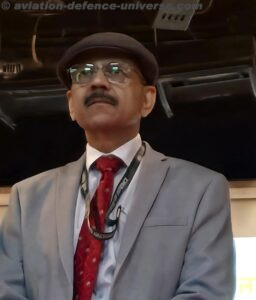 In his address Maj Gen (Dr) Ashok Kumar (Retd), Director General of CENJOWS, underscored the vital role of maritime culture in shaping India’s historical identity and strategic future. He emphasised that India’s maritime legacy—rooted in ancient trade routes, naval prowess, and cultural exchanges—continues to influence its geopolitical and economic outlook today. Highlighting the theme of continuity and change, he noted that while India’s civilisational connection to the seas has remained constant, the nature of maritime challenges and opportunities has evolved significantly in the 21st century. From ensuring coastal security and maritime diplomacy to harnessing the blue economy and sustainable development, he called for a holistic approach that integrates historical wisdom with modern innovation. He concluded by stressing the need for deeper academic-military collaboration and public awareness to secure and strengthen India’s maritime vision.
In his address Maj Gen (Dr) Ashok Kumar (Retd), Director General of CENJOWS, underscored the vital role of maritime culture in shaping India’s historical identity and strategic future. He emphasised that India’s maritime legacy—rooted in ancient trade routes, naval prowess, and cultural exchanges—continues to influence its geopolitical and economic outlook today. Highlighting the theme of continuity and change, he noted that while India’s civilisational connection to the seas has remained constant, the nature of maritime challenges and opportunities has evolved significantly in the 21st century. From ensuring coastal security and maritime diplomacy to harnessing the blue economy and sustainable development, he called for a holistic approach that integrates historical wisdom with modern innovation. He concluded by stressing the need for deeper academic-military collaboration and public awareness to secure and strengthen India’s maritime vision.
This cultural continuity is seen in India’s maritime traditions, seafaring communities, shipbuilding expertise, and coastal rituals that still thrive today. Even during periods of foreign domination, including colonial rule, the maritime spirit persisted, especially through resistance movements like the naval exploits of Chhatrapati Shivaji and regional seafaring heroes. Post-independence, India began reclaiming its maritime identity, rebuilding naval capabilities and redefining its oceanic boundaries with a renewed focus on sovereignty and self-reliance. This resurgence has been guided by both a strategic imperative and a cultural revival of India’s age-old relationship with the sea.
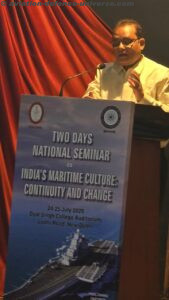 Prof (Dr) Prajit Palit of MAKAIAS, in formed , “The use of the seal for business and official purposes, something we see globally today, actually originated in ancient Indian civilisation. From the interlocking brick systems of the Harappan culture still used by modern engineers, to the maritime outreach of the Mauryan Empire under Chandragupta and the intellectual legacy of Kautilya that influenced even Greek philosophers—India’s contributions are vast. Emperor Ashoka not only globalised trade and Buddhism but also built over 10,000 stupas, spreading Indian soft power across Asia and Africa. Our maritime ports—from Kalinga and Arikamedu to Tamil Nadu and Bali—were not just trade hubs but cultural corridors. Today, the world embraces Indian yoga, literature, and philosophy because of this civilisational continuity. From the Indus Valley to modern times, our maritime trade, our cultural outreach, and our spiritual wisdom have shaped the global imagination. That is why when we speak of Indian soft power, we speak of a legacy that flows across oceans and centuries. That is our pride.”
Prof (Dr) Prajit Palit of MAKAIAS, in formed , “The use of the seal for business and official purposes, something we see globally today, actually originated in ancient Indian civilisation. From the interlocking brick systems of the Harappan culture still used by modern engineers, to the maritime outreach of the Mauryan Empire under Chandragupta and the intellectual legacy of Kautilya that influenced even Greek philosophers—India’s contributions are vast. Emperor Ashoka not only globalised trade and Buddhism but also built over 10,000 stupas, spreading Indian soft power across Asia and Africa. Our maritime ports—from Kalinga and Arikamedu to Tamil Nadu and Bali—were not just trade hubs but cultural corridors. Today, the world embraces Indian yoga, literature, and philosophy because of this civilisational continuity. From the Indus Valley to modern times, our maritime trade, our cultural outreach, and our spiritual wisdom have shaped the global imagination. That is why when we speak of Indian soft power, we speak of a legacy that flows across oceans and centuries. That is our pride.”
India’s maritime trade routes have long served as conduits not just for commerce, but for cultural diffusion and civilisational exchange. From the ancient ports of Lothal and Arikamedu to the bustling harbours of the Chola period, Indian merchants carried with them more than goods—they spread languages, religious ideas, art, architecture, and systems of governance across the Indian Ocean rim. These maritime linkages laid the foundation for a far-reaching diaspora, particularly in Southeast Asia, East Africa, and the Middle East, where Indian communities took root and thrived. The influence of Indian epics like the Ramayana and Mahabharata, the adoption of Sanskrit-derived scripts, the spread of Buddhism and Hinduism, and the architectural footprint of Indian temples in places like Indonesia and Cambodia are enduring legacies of this oceanic cultural transmission.
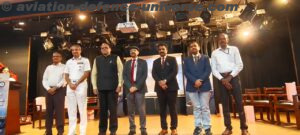 First session, themed “India’s Maritime Heritage Through the Ages”, was chaired by Dr Dattesh D Parulekar of Goa University. Discussions spanned India’s pre-colonial naval prowess, post-independence maritime expansion, and historical maritime diplomacy. Rear Admiral Arjun Dev Nair, Commandant of the Naval War College, reflected on India’s naval evolution post-1947. Cmde Ajay Agarwal (Retd) and Prof Vijay Khare delved into India’s seafaring traditions and the formidable maritime strength under Chhatrapati Shivaji. T Thangadurai, Asst. Director, Department of Archaeology, Tamil Nadu elaborated on the Cholas commercial trade with Srivijayam and Cambodia, how trades were carried on with West Asia and China, South East Asia and how trade with China reached the unparalleled volume during the Chola period.
First session, themed “India’s Maritime Heritage Through the Ages”, was chaired by Dr Dattesh D Parulekar of Goa University. Discussions spanned India’s pre-colonial naval prowess, post-independence maritime expansion, and historical maritime diplomacy. Rear Admiral Arjun Dev Nair, Commandant of the Naval War College, reflected on India’s naval evolution post-1947. Cmde Ajay Agarwal (Retd) and Prof Vijay Khare delved into India’s seafaring traditions and the formidable maritime strength under Chhatrapati Shivaji. T Thangadurai, Asst. Director, Department of Archaeology, Tamil Nadu elaborated on the Cholas commercial trade with Srivijayam and Cambodia, how trades were carried on with West Asia and China, South East Asia and how trade with China reached the unparalleled volume during the Chola period.
This historical movement of people and ideas contributed significantly to the emergence of Indian soft power long before the term gained modern currency. Indian cultural motifs—be it the Garuda emblem of Indonesia, Thai versions of Indian epics, or ancient Buddhist Mahaviharas across Asia—continue to symbolise the depth of this influence. In the modern era, the Indian diaspora, now over 30 million strong, acts as a bridge between India and the world, reinforcing cultural, economic, and diplomatic ties. India’s continued efforts to revitalise these connections through initiatives like Project Mausam, the Indian Ocean Rim Association, and the doctrine of SAGAR (Security and Growth for All in the Region) reflect a conscious recognition of the power of its maritime heritage in shaping its global identity and strategic outreach.
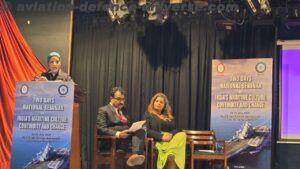 Titled “Waves of Influence: Maritime Trade, Diaspora, and India’s Soft Power”, the second session highlighted how India’s maritime trade routes became cultural bridges across continents. Chaired by Prof Hebatallah Adam of O.P. Jindal Global University, the session featured presentations on the Indian diaspora’s growth through trade, India’s emergence as a soft power, and the cultural exchanges facilitated by maritime routes. Speakers included Prof Vijay Khare, Prof Prajit Palit, Dr Manjari Singh, Prof Debasish Nandy, and Dr Naveena Amaran, who explored maritime themes in literature. Collectively, the session recalled the enduring legacy of India’s maritime interactions in expanding its global cultural footprint.
Titled “Waves of Influence: Maritime Trade, Diaspora, and India’s Soft Power”, the second session highlighted how India’s maritime trade routes became cultural bridges across continents. Chaired by Prof Hebatallah Adam of O.P. Jindal Global University, the session featured presentations on the Indian diaspora’s growth through trade, India’s emergence as a soft power, and the cultural exchanges facilitated by maritime routes. Speakers included Prof Vijay Khare, Prof Prajit Palit, Dr Manjari Singh, Prof Debasish Nandy, and Dr Naveena Amaran, who explored maritime themes in literature. Collectively, the session recalled the enduring legacy of India’s maritime interactions in expanding its global cultural footprint.
The dimension of change in India’s maritime culture is driven by the complexities of the modern era—geopolitical tensions in the Indo-Pacific, climate change, blue economy imperatives, and the emergence of maritime threats like piracy, trafficking, and illegal fishing. India has responded to these shifts by integrating maritime security with developmental diplomacy, exemplified by initiatives like SAGAR (Security and Growth for All in the Region), enhanced naval partnerships, and investments in maritime infrastructure and coastal resilience. India’s maritime policy today reflects a blend of traditional wisdom and cutting-edge strategy, recognising the oceans as both historical connectors and contemporary theatres of influence.
Third session, “Sea Power and Security: India’s Strategic Posture in a Shifting Indo-Pacific”, was chaired again by Dr Dattesh Parulekar and focused on the maritime dimensions of national security. Cmde Kapil Bhatia of the Indian Navy spoke about India’s forays into the Arctic and Antarctic. 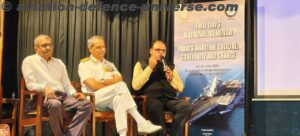 DIG HJ Singh discussed the vital role of the Coast Guard in coastal defence. Dr Pradipta Roy presented on integrating the fishing community in counterterrorism and anti-narcotics operations. Dr Shishir Shrotriya from RIS closed the session with reflections on India’s SAGAR (Security and Growth for All in the Region) doctrine in a multipolar world.
DIG HJ Singh discussed the vital role of the Coast Guard in coastal defence. Dr Pradipta Roy presented on integrating the fishing community in counterterrorism and anti-narcotics operations. Dr Shishir Shrotriya from RIS closed the session with reflections on India’s SAGAR (Security and Growth for All in the Region) doctrine in a multipolar world.
India’s strategic shift towards harnessing the blue economy reflects a visionary approach to sustainable oceanic development, leveraging its 7,500-kilometre coastline and vast exclusive economic zone (EEZ). The blue economy encompasses a broad spectrum of activities—fisheries, maritime transport, port infrastructure, offshore renewable energy, marine biotechnology, and coastal tourism—all of which have significant potential to contribute to India’s GDP and employment generation. Government initiatives like Sagarmala and the Maritime India Vision 2030 aim to modernise ports, enhance logistics, and promote shipbuilding and ship repair as key enablers of economic growth. At the same time, policies focused on marine spatial planning, environmental protection, and the development of coastal economic zones are being integrated to ensure a balance between exploitation and conservation.
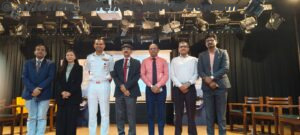 The final session of Day 1, “Harnessing Blue Economies: India’s Oceanic Development Models”, was chaired by Rear Admiral Kunal Rajkumar, VSM. Speakers covered the broad spectrum of ocean-based economic opportunities—from the blue water economy to marine biodiversity and shipbuilding. Dr Chime Youdon (NMF) and Dr Pratip Chattopadhyay highlighted the economic and ecological imperatives, while Dr Debasish Nandy spoke on India’s diaspora-driven maritime outreach. Cmde Ajay Agarwal recounted the history of Indian shipbuilding, and Dr Ashok P Wadje of MNLU addressed the legal frameworks governing international waters. The session reinforced the ocean’s potential as a powerhouse of sustainable development and national growth.
The final session of Day 1, “Harnessing Blue Economies: India’s Oceanic Development Models”, was chaired by Rear Admiral Kunal Rajkumar, VSM. Speakers covered the broad spectrum of ocean-based economic opportunities—from the blue water economy to marine biodiversity and shipbuilding. Dr Chime Youdon (NMF) and Dr Pratip Chattopadhyay highlighted the economic and ecological imperatives, while Dr Debasish Nandy spoke on India’s diaspora-driven maritime outreach. Cmde Ajay Agarwal recounted the history of Indian shipbuilding, and Dr Ashok P Wadje of MNLU addressed the legal frameworks governing international waters. The session reinforced the ocean’s potential as a powerhouse of sustainable development and national growth.
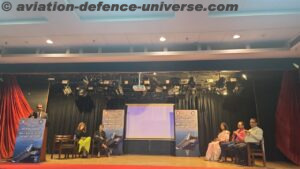 India’s oceanic development models also focus on empowering coastal communities, improving resilience through disaster preparedness, and fostering regional maritime cooperation. The emphasis on sustainable fisheries management, marine biodiversity protection, and the inclusion of local stakeholders in blue economy planning ensures a people-centric growth trajectory. Moreover, India’s active participation in international forums such as the Indian Ocean Rim Association (IORA) and the Indo-Pacific Oceans Initiative (IPOI) reflects its commitment to collective growth and maritime governance. As global attention turns to the oceans as the next frontier for development, India’s inclusive, environmentally conscious, and strategically aligned blue economy vision positions it as a key player in shaping the future of oceanic prosperity.
India’s oceanic development models also focus on empowering coastal communities, improving resilience through disaster preparedness, and fostering regional maritime cooperation. The emphasis on sustainable fisheries management, marine biodiversity protection, and the inclusion of local stakeholders in blue economy planning ensures a people-centric growth trajectory. Moreover, India’s active participation in international forums such as the Indian Ocean Rim Association (IORA) and the Indo-Pacific Oceans Initiative (IPOI) reflects its commitment to collective growth and maritime governance. As global attention turns to the oceans as the next frontier for development, India’s inclusive, environmentally conscious, and strategically aligned blue economy vision positions it as a key player in shaping the future of oceanic prosperity.
The day concluded with a vibrant cultural evening hosted by ICCR, Ministry of External Affairs, celebrating India’s maritime-inspired artistic and cultural heritage.
Keep a track of upcoming coverages of the different sessions of this seminar.



